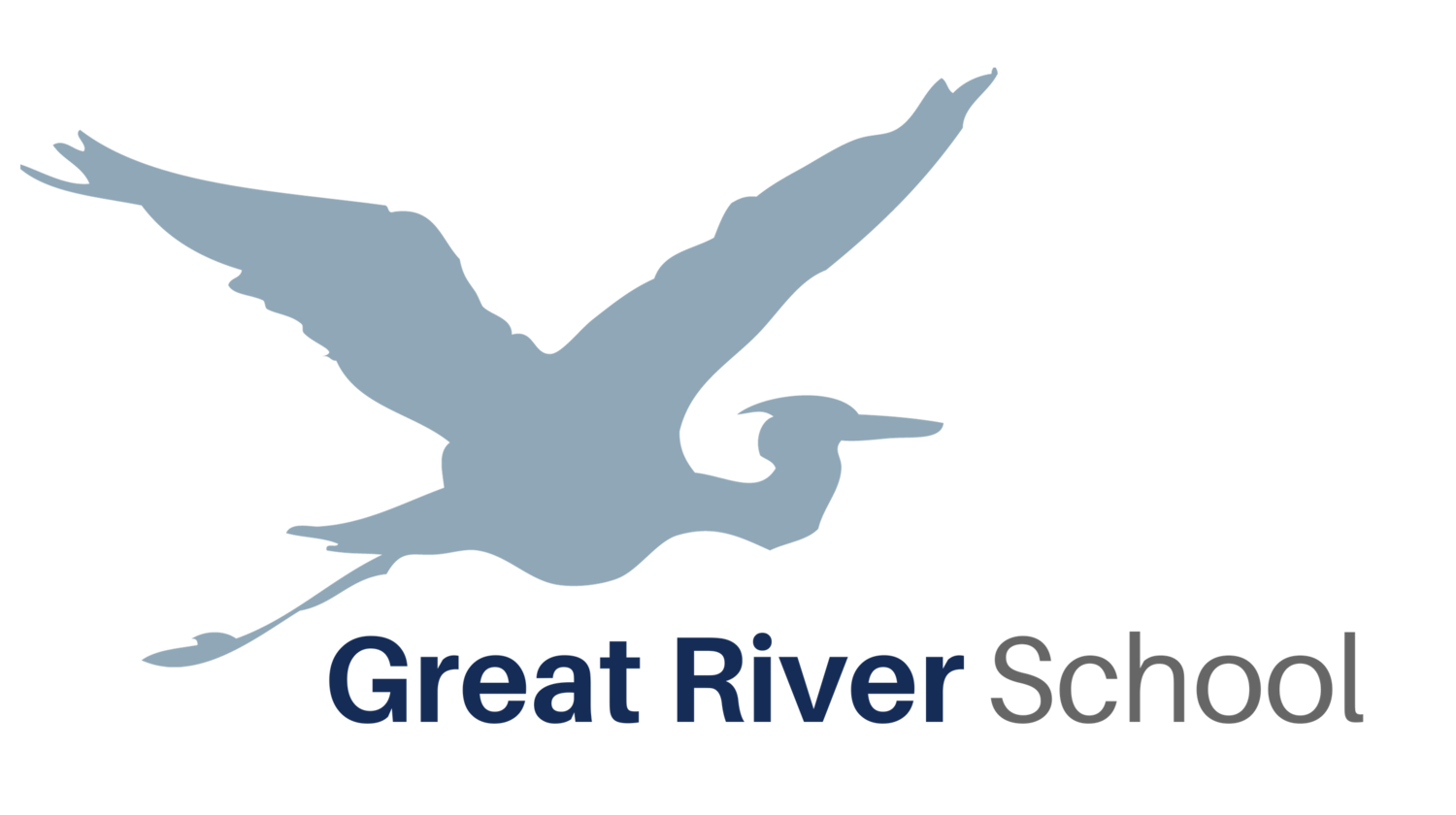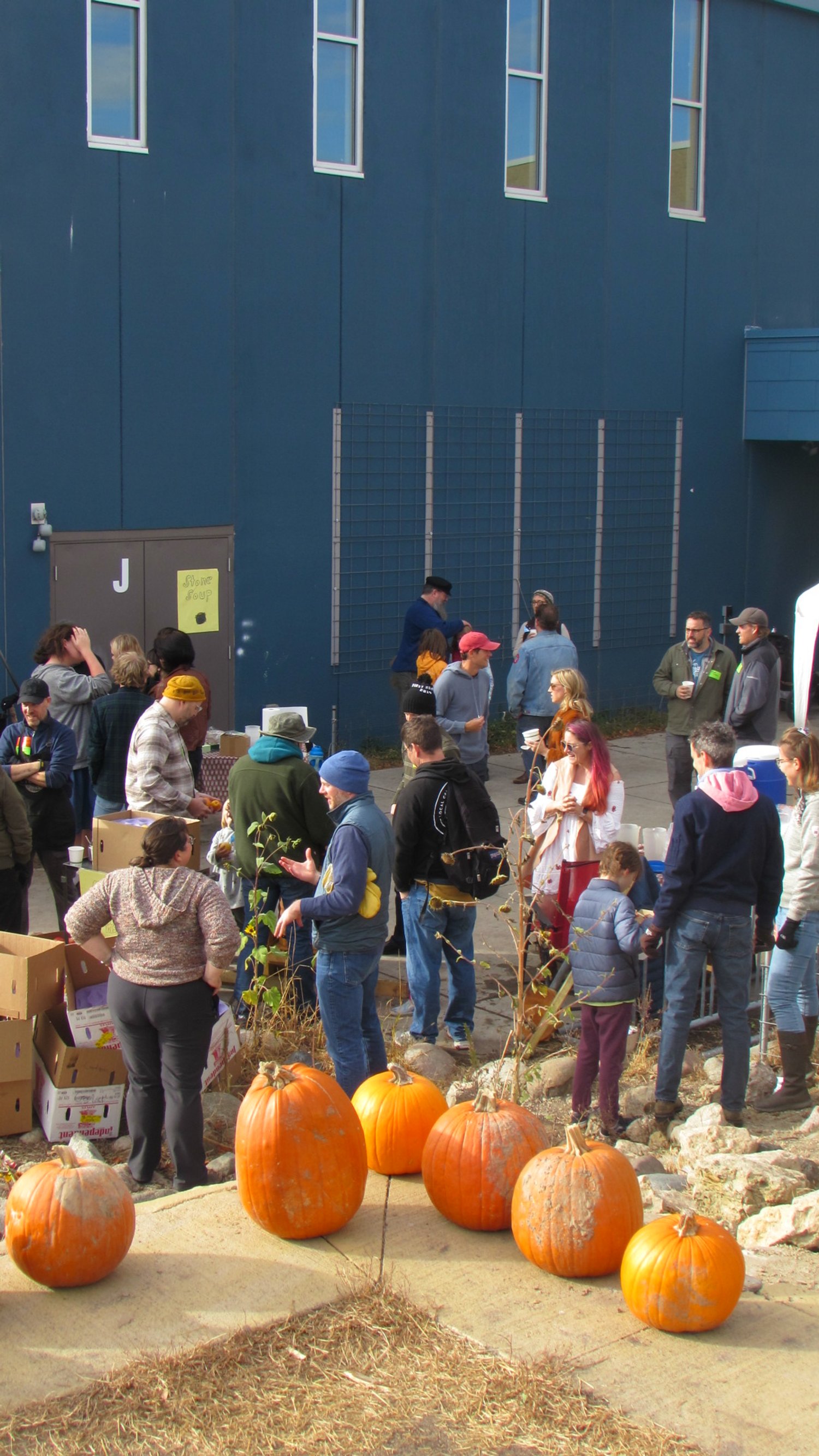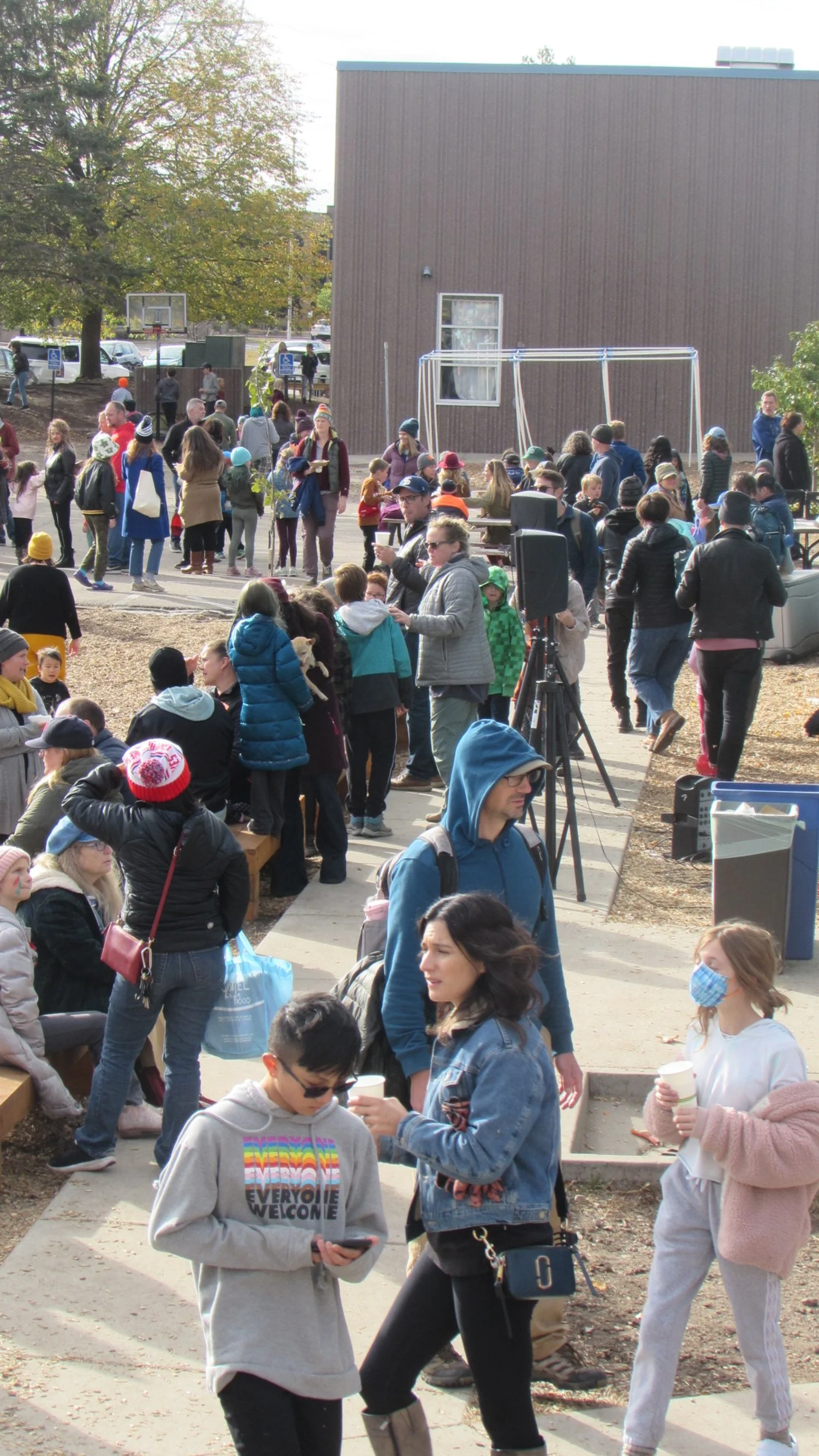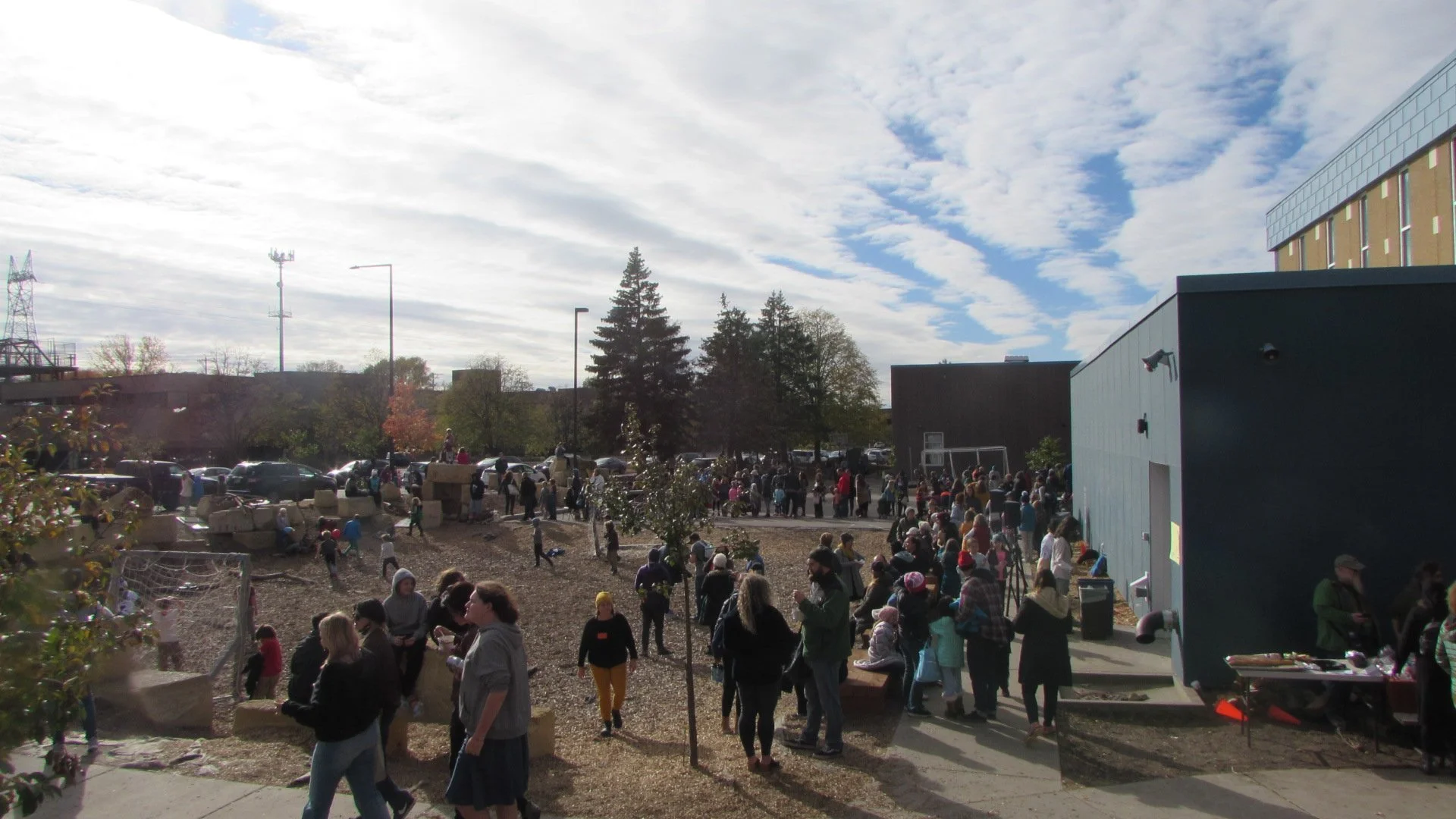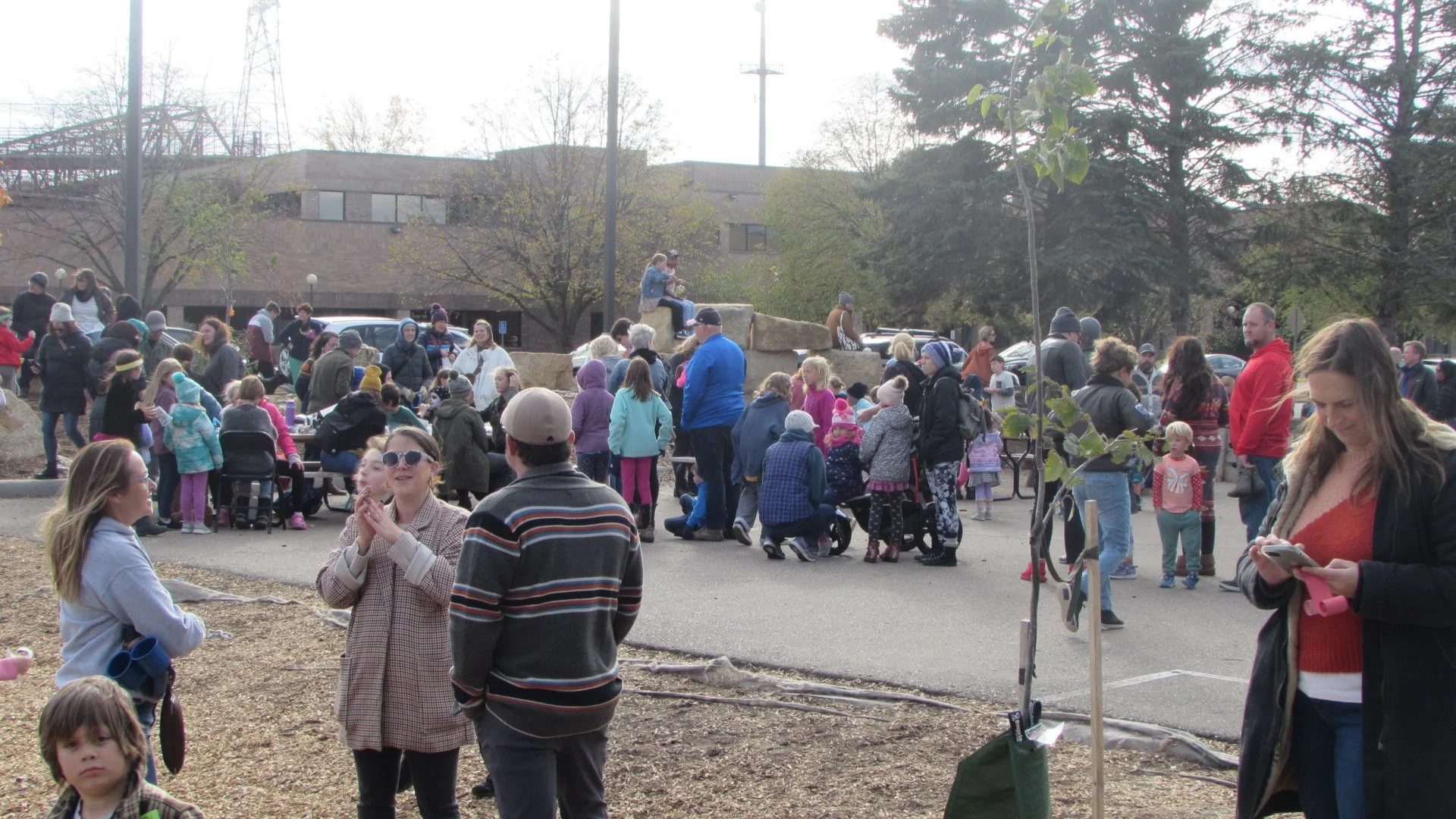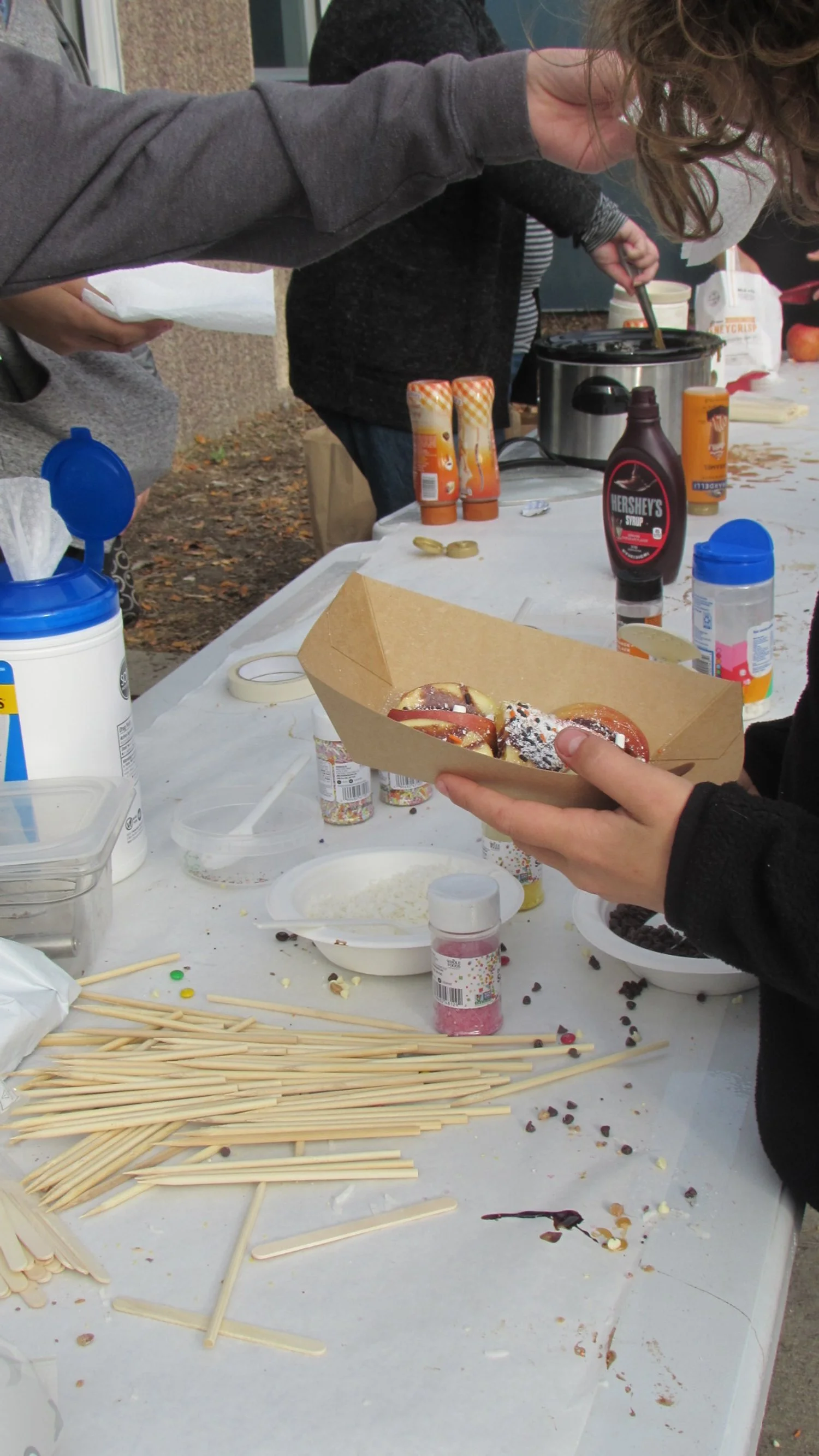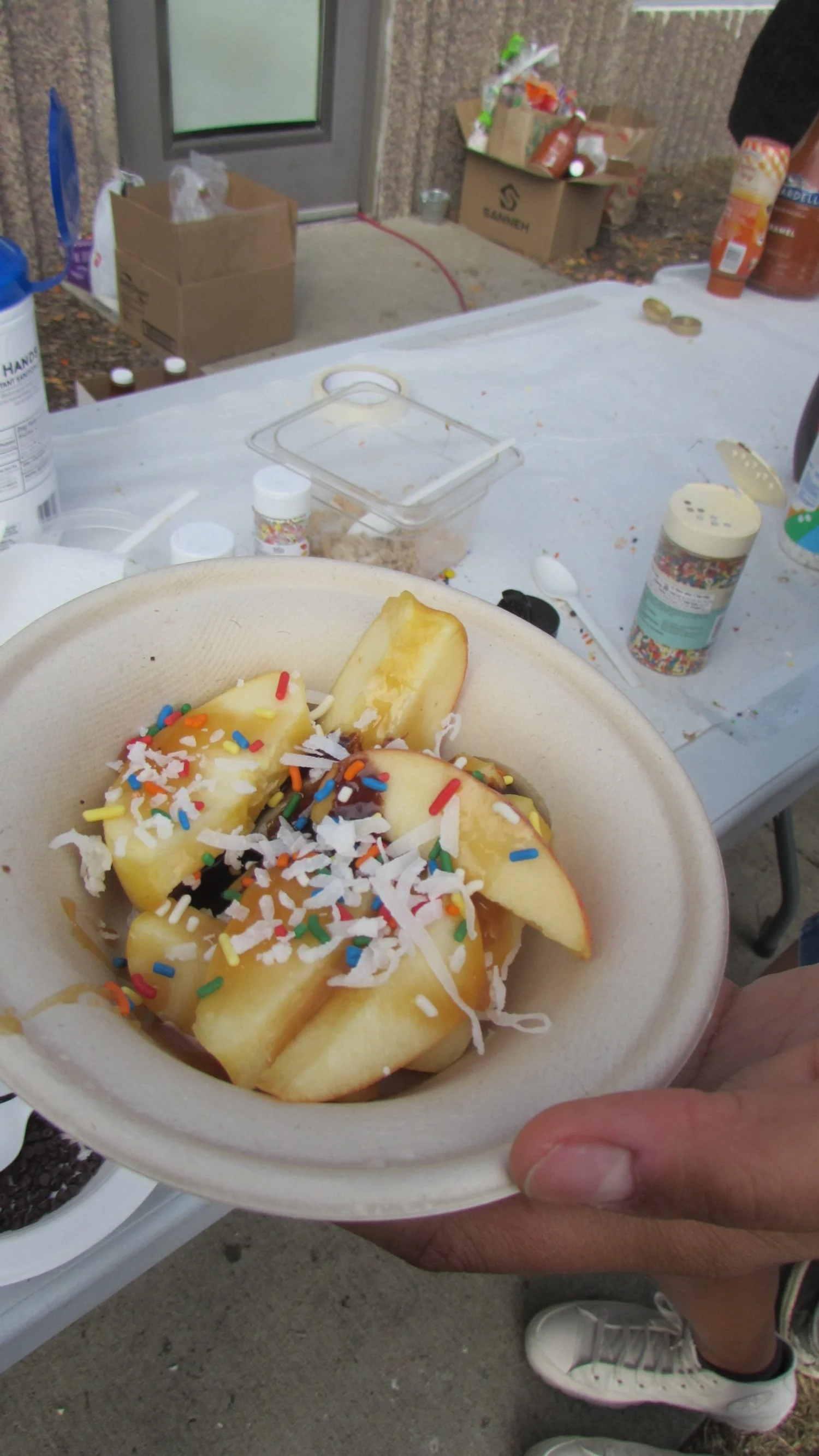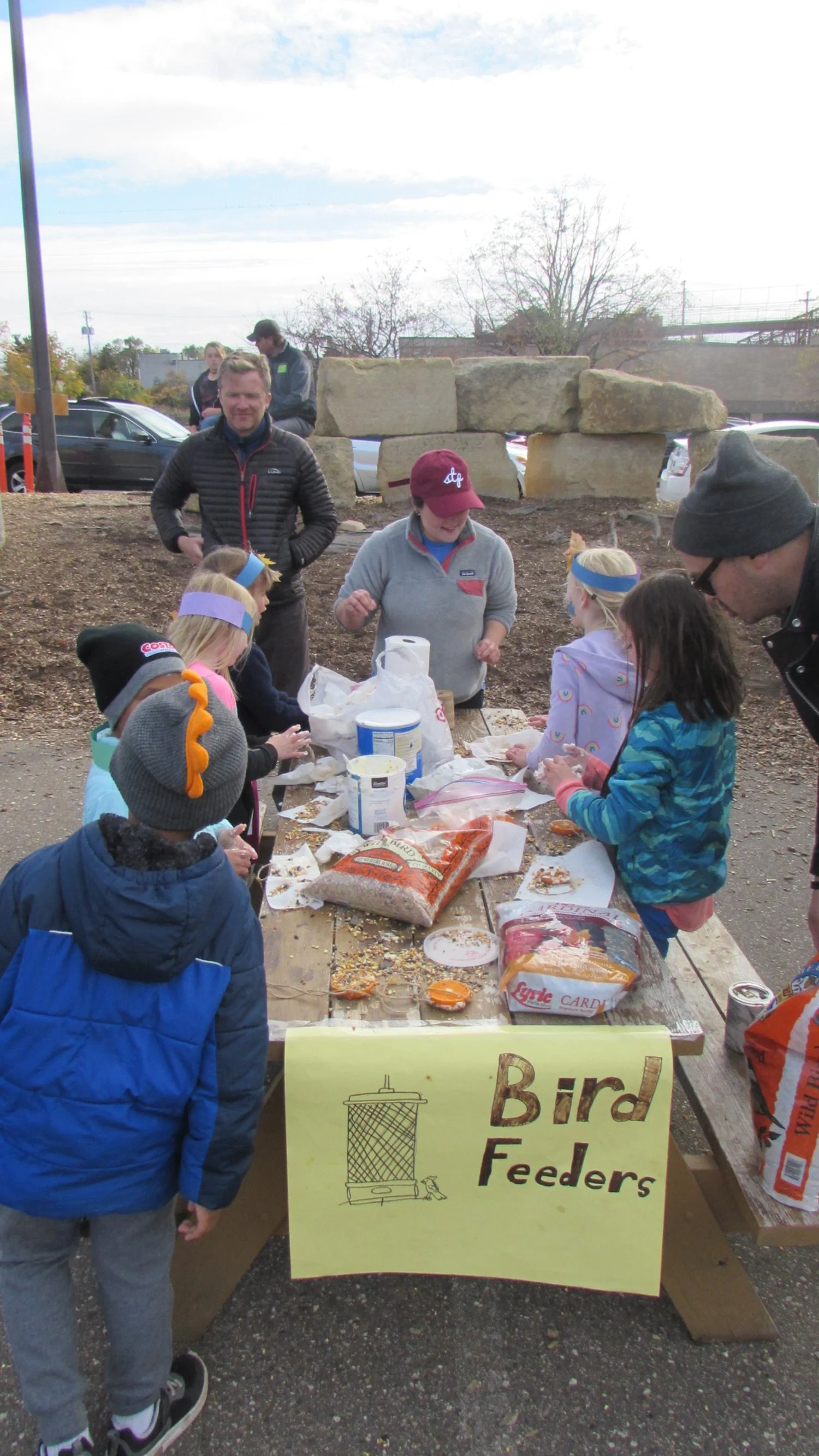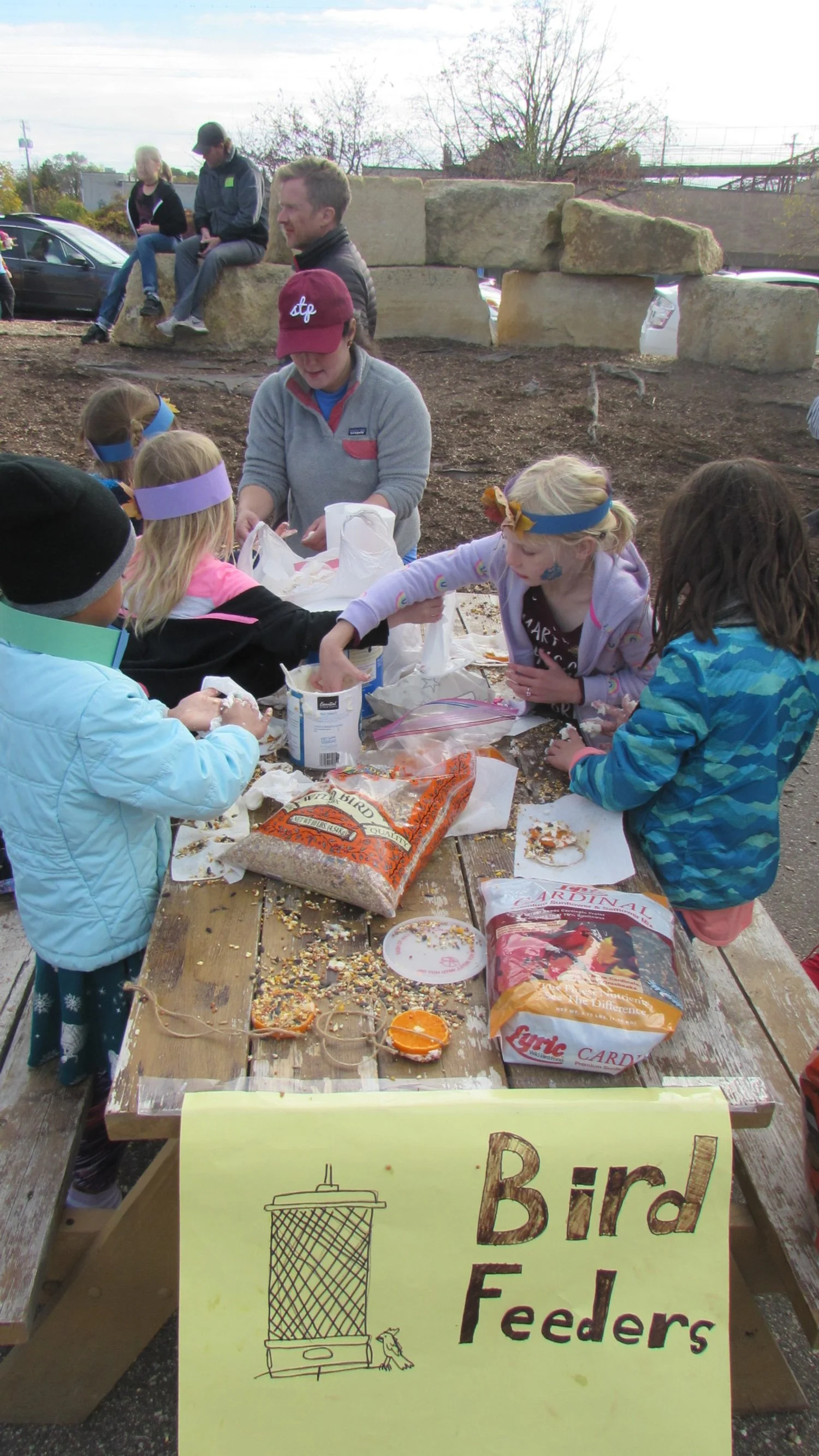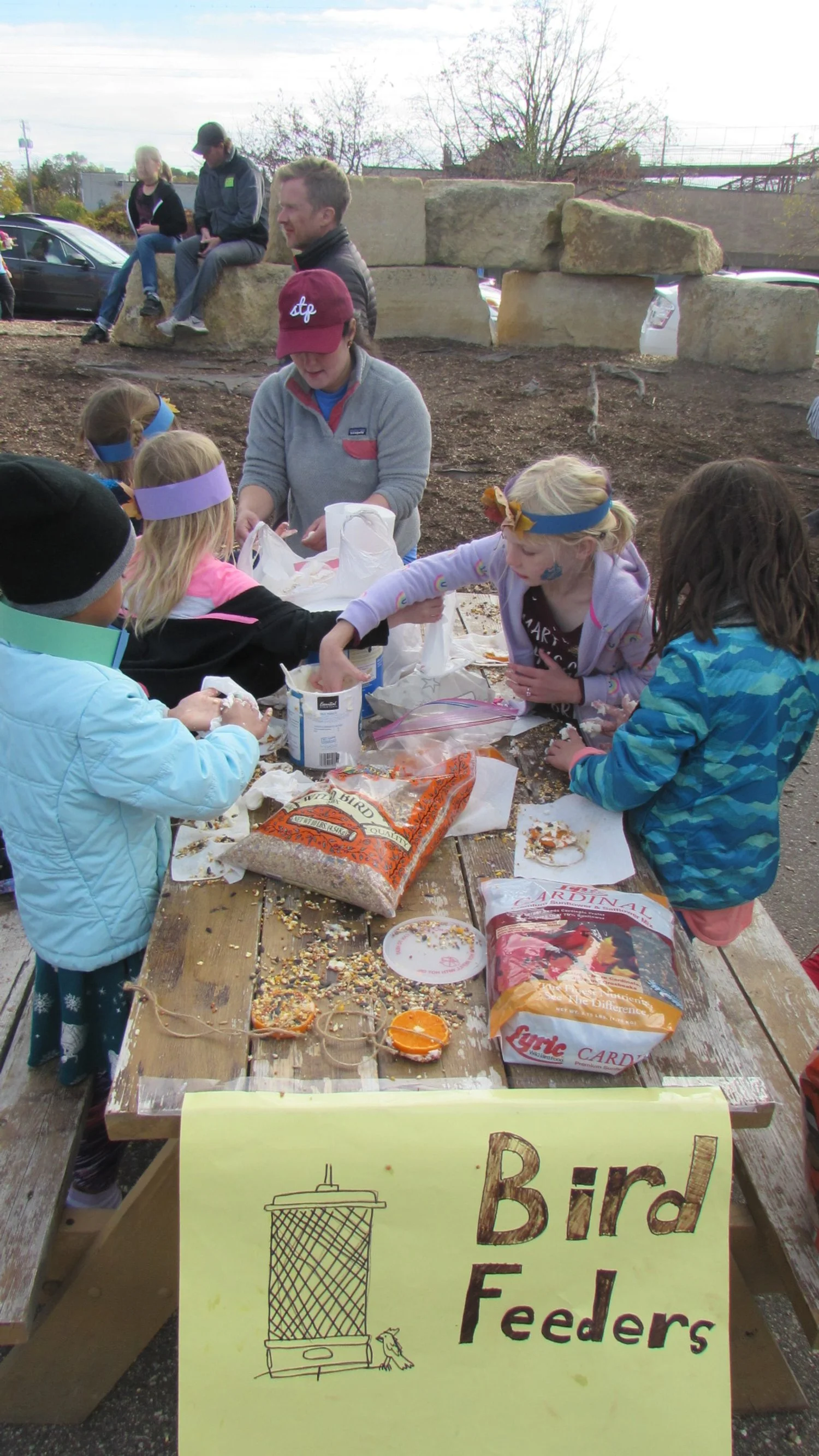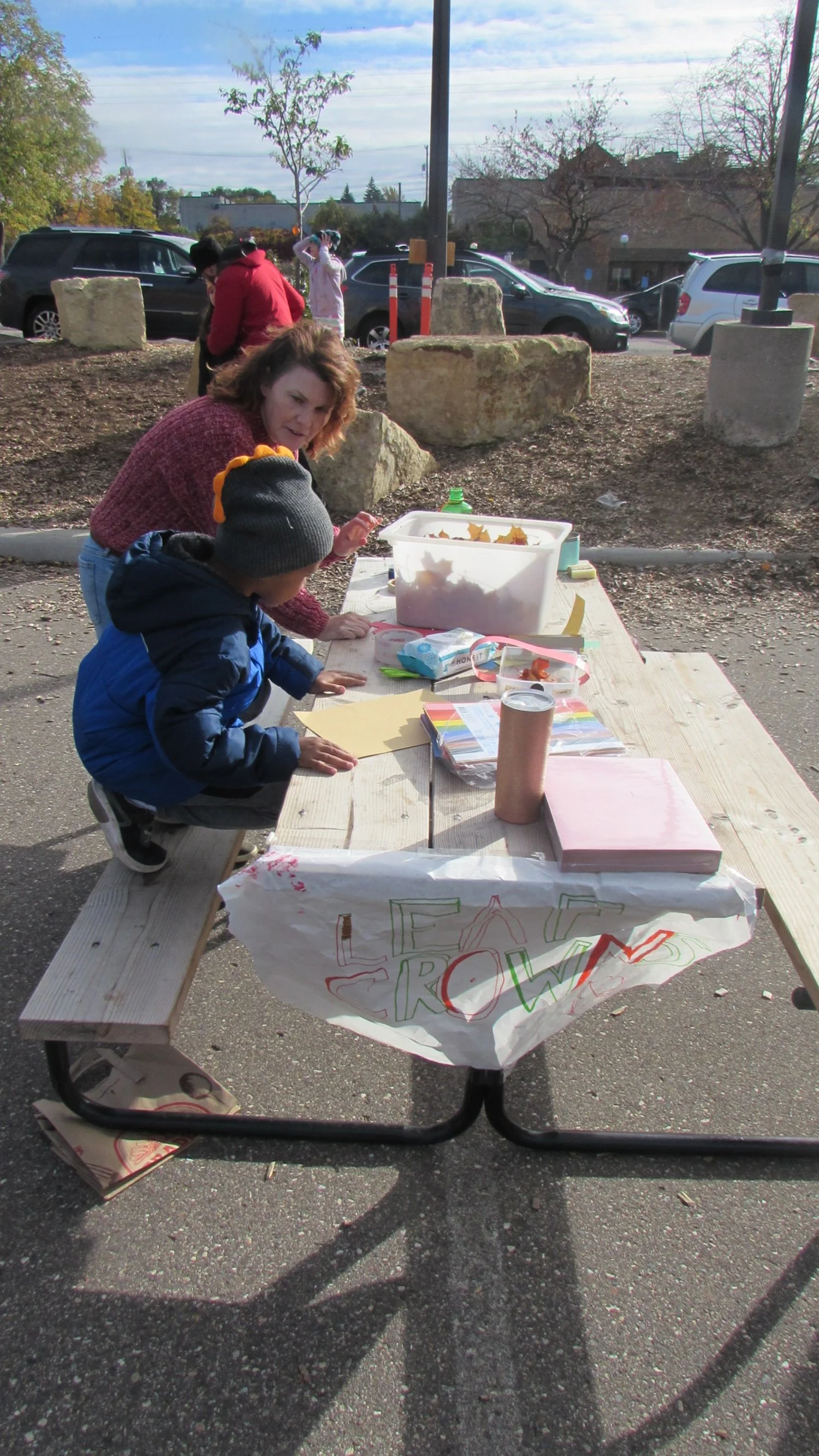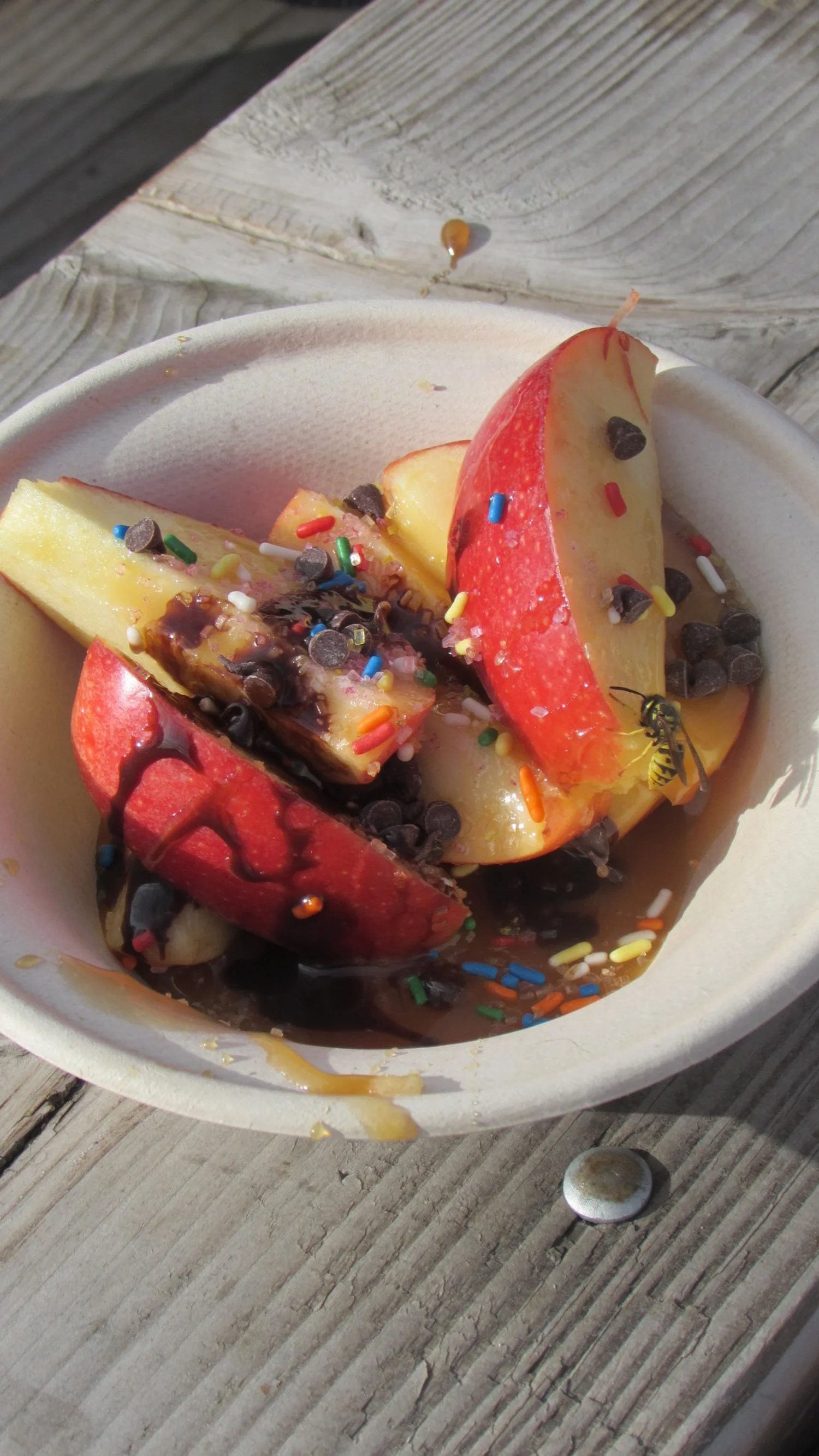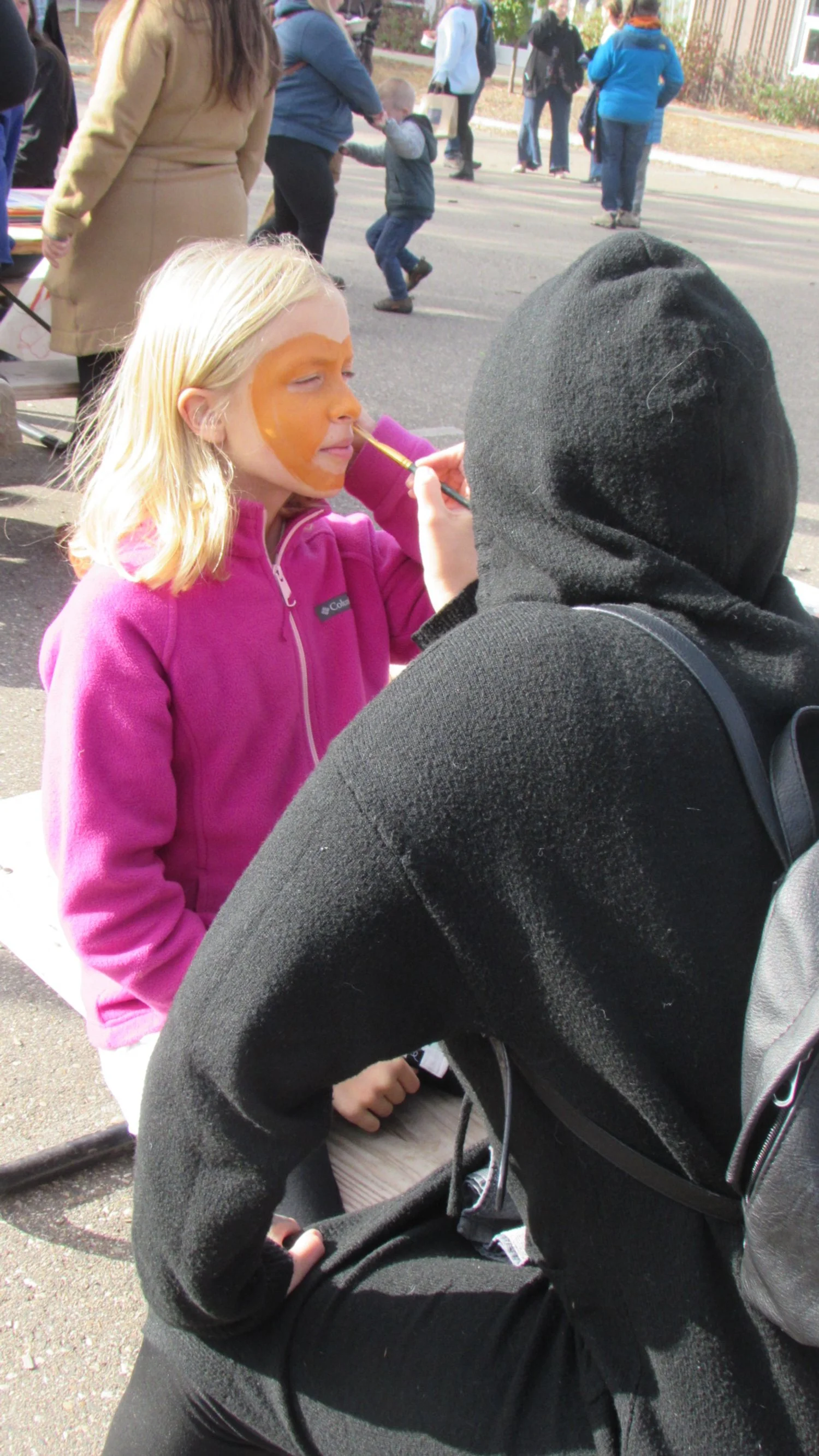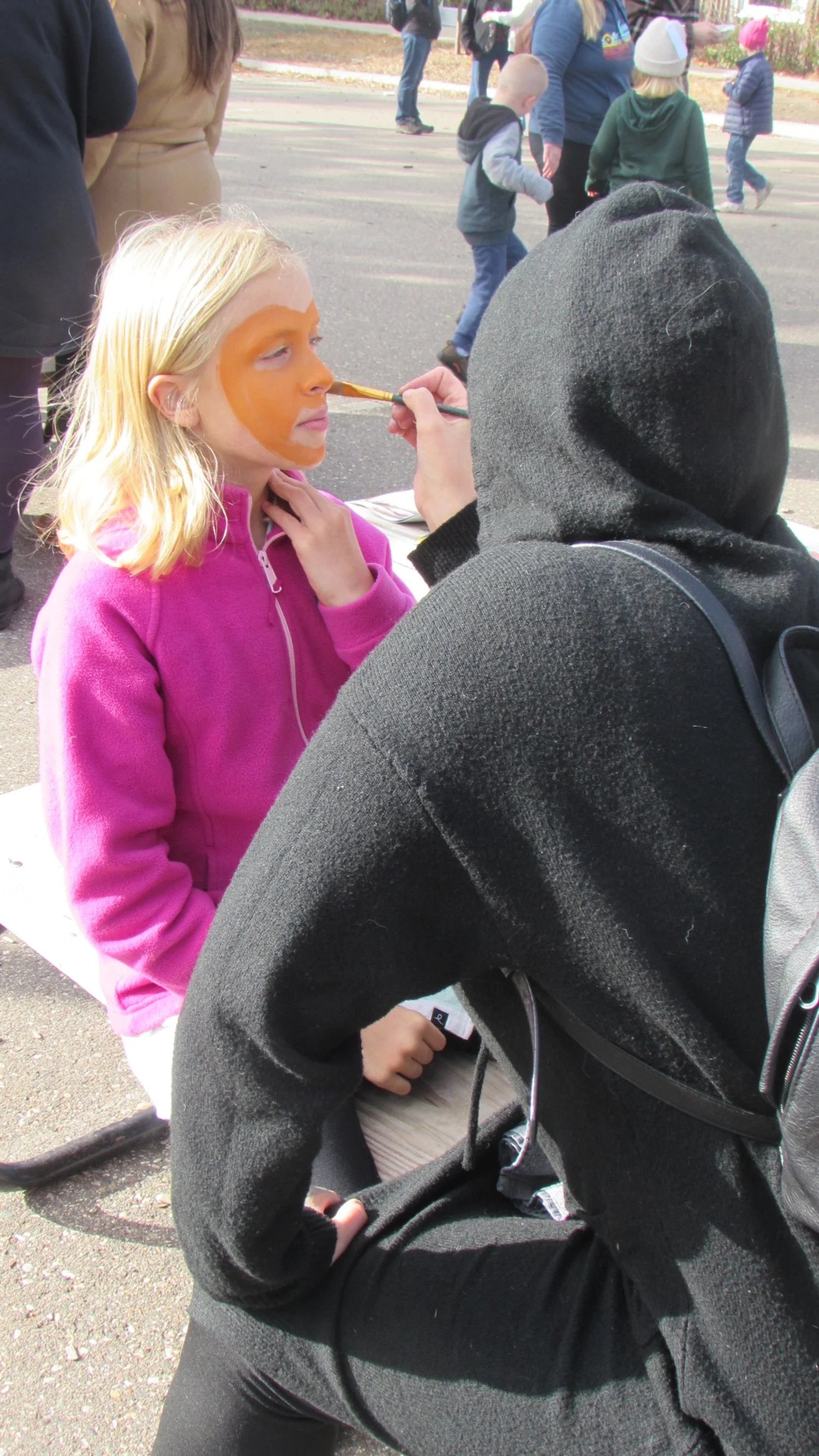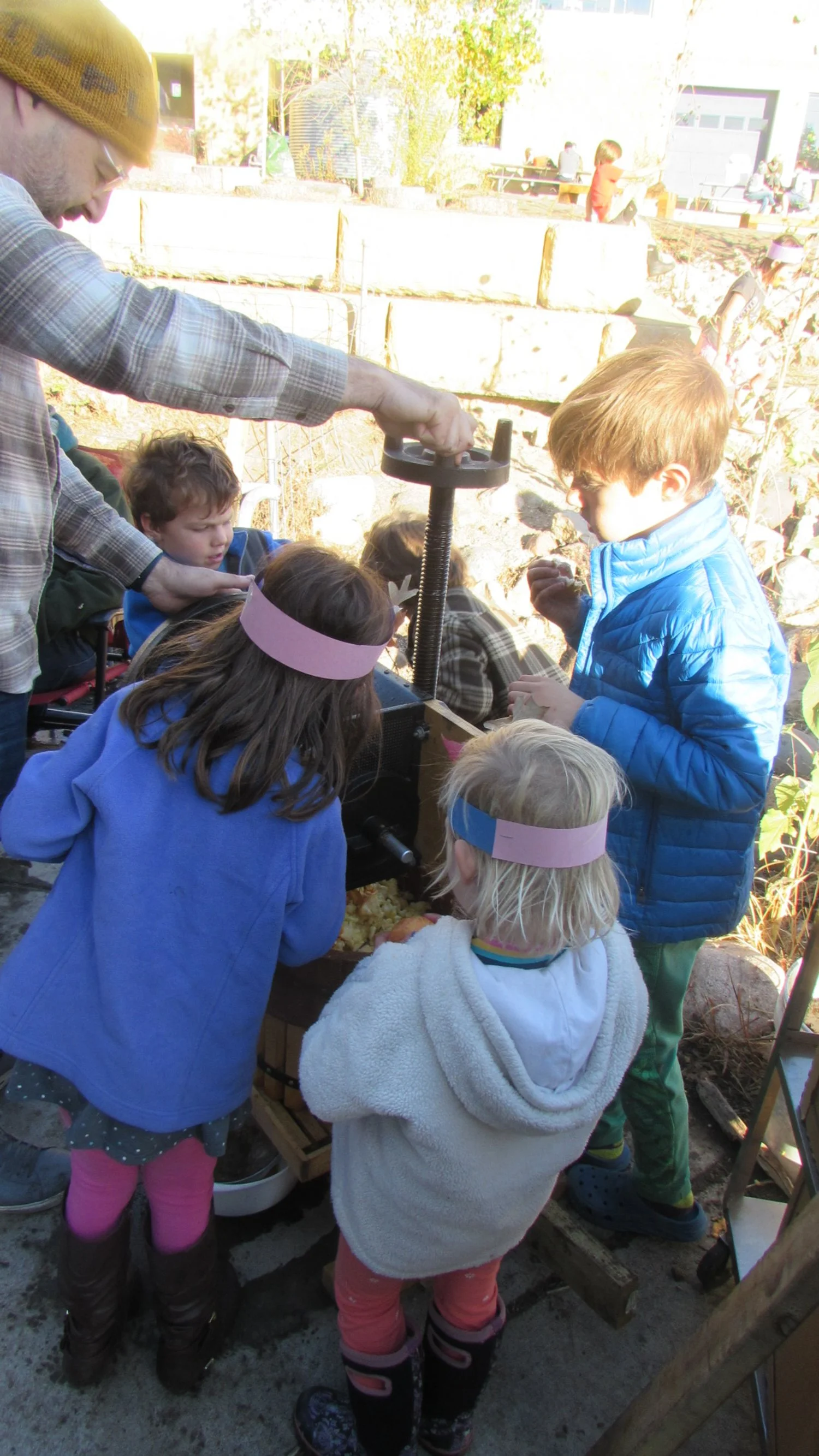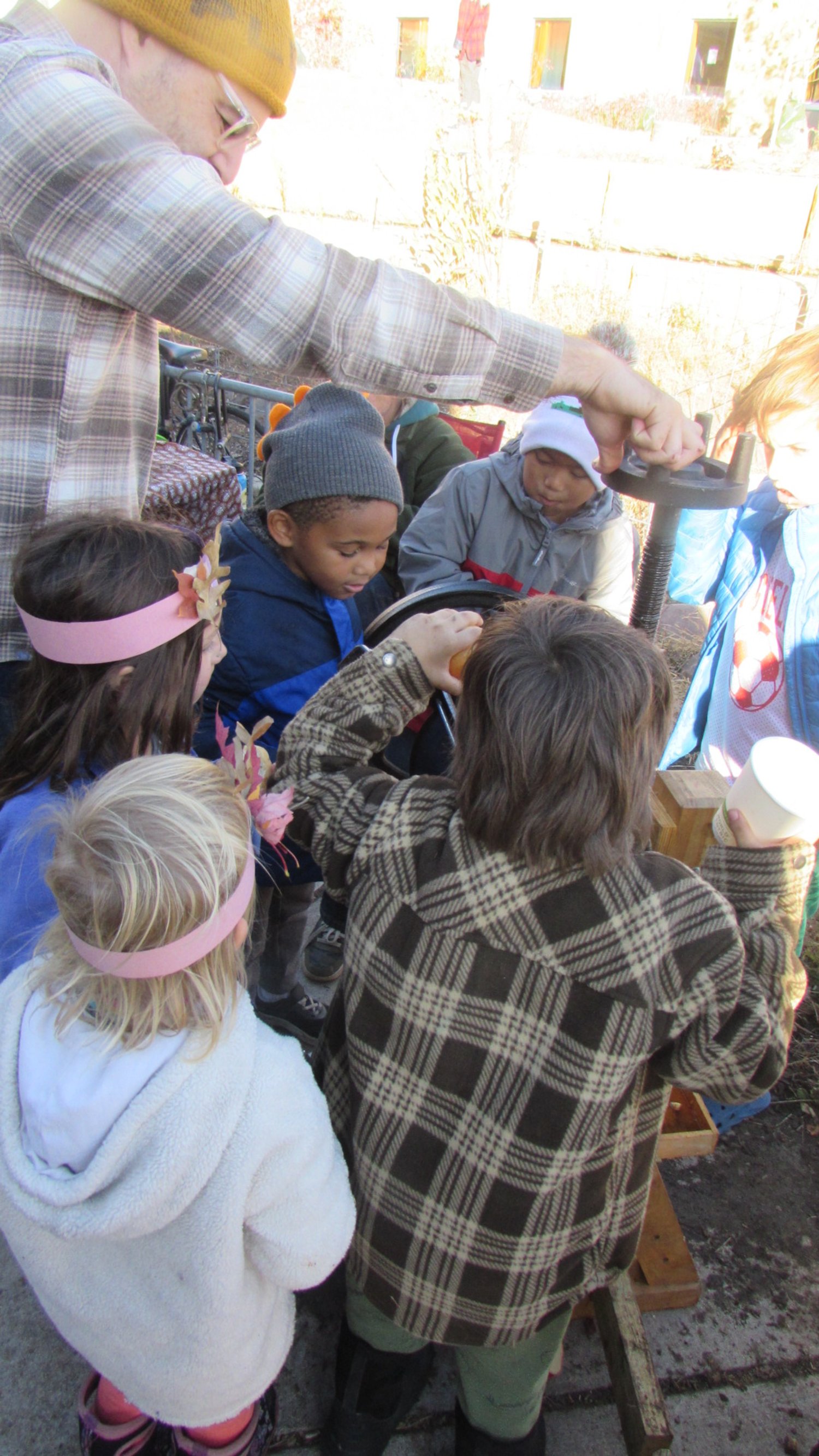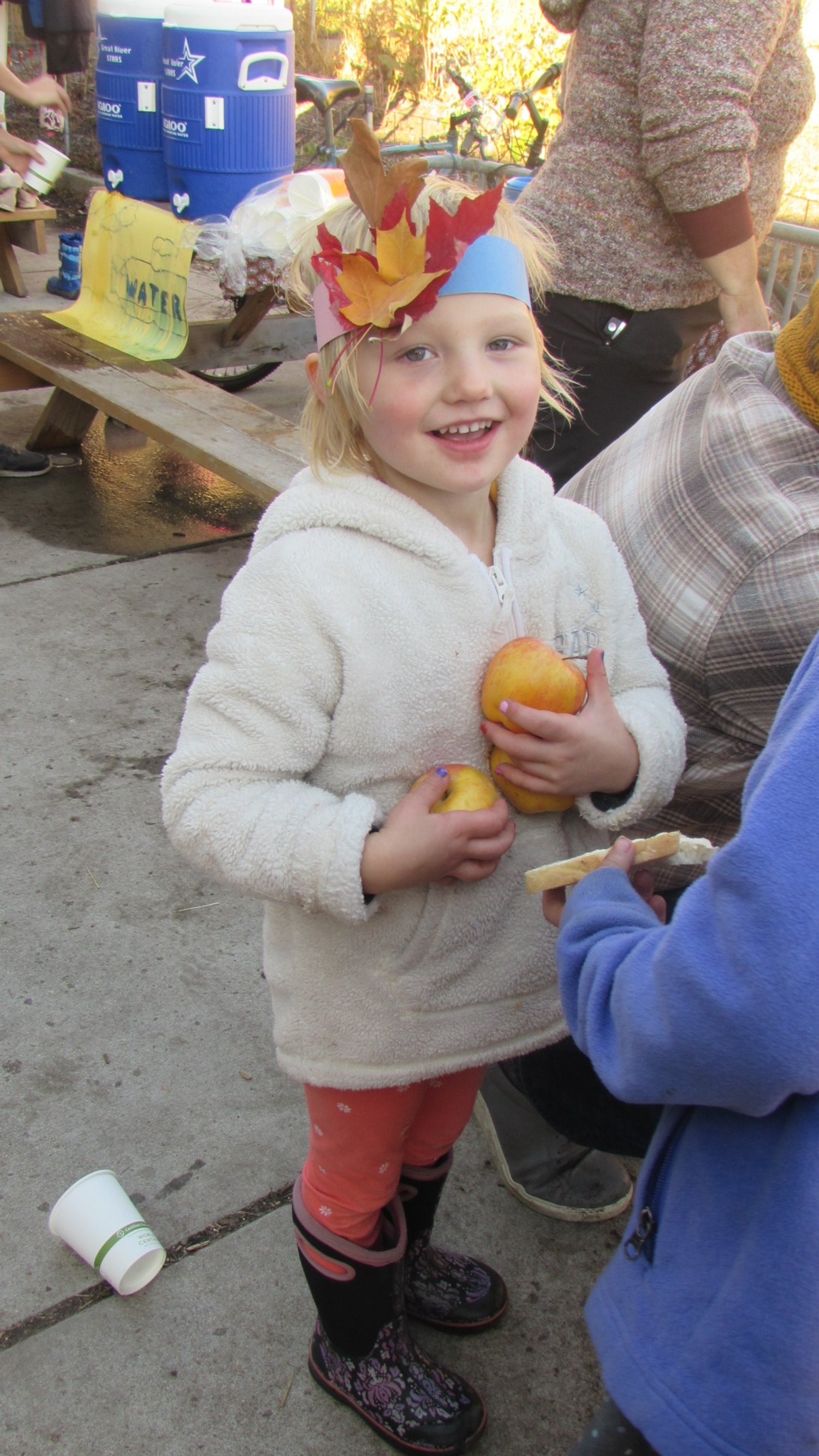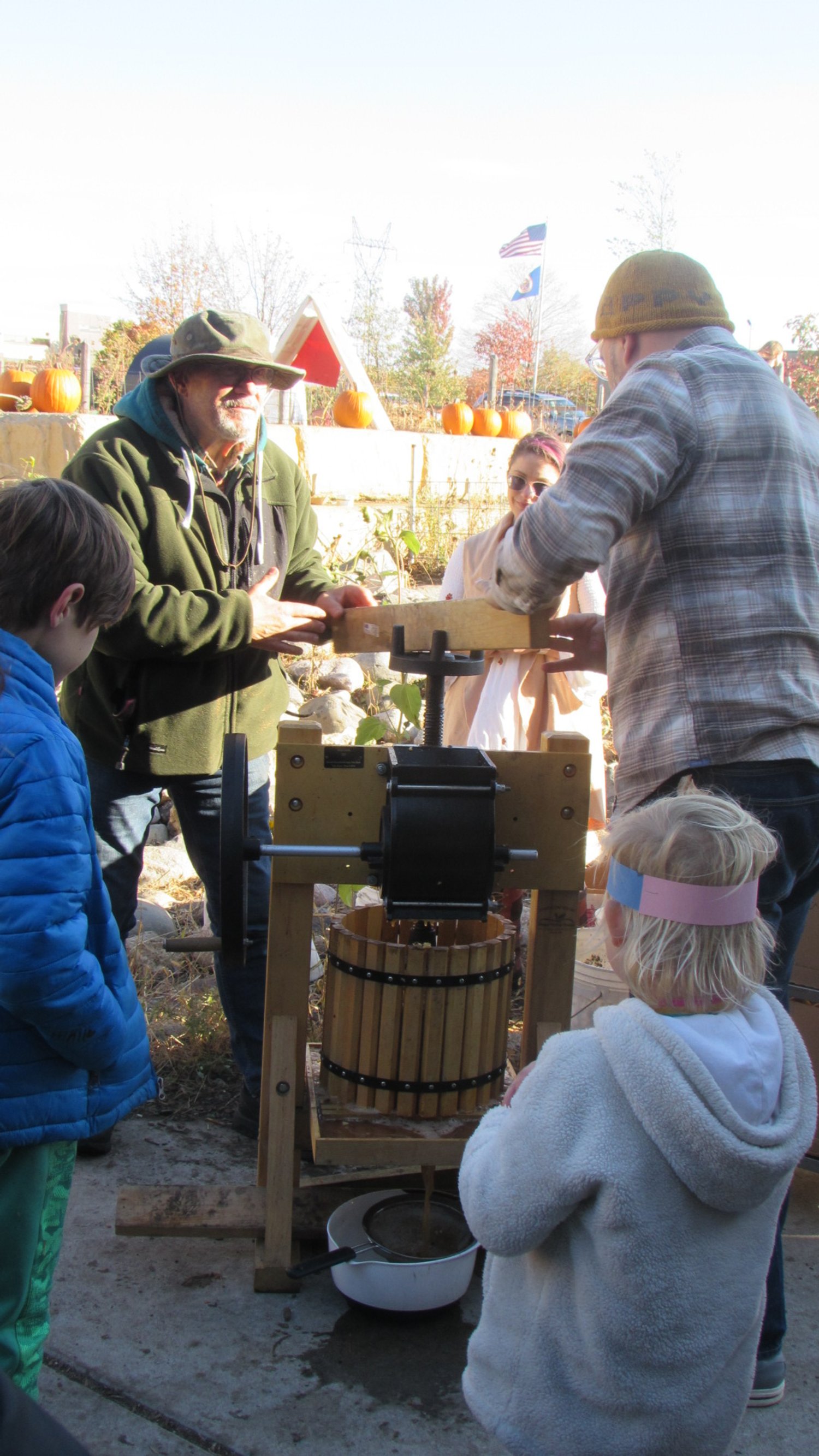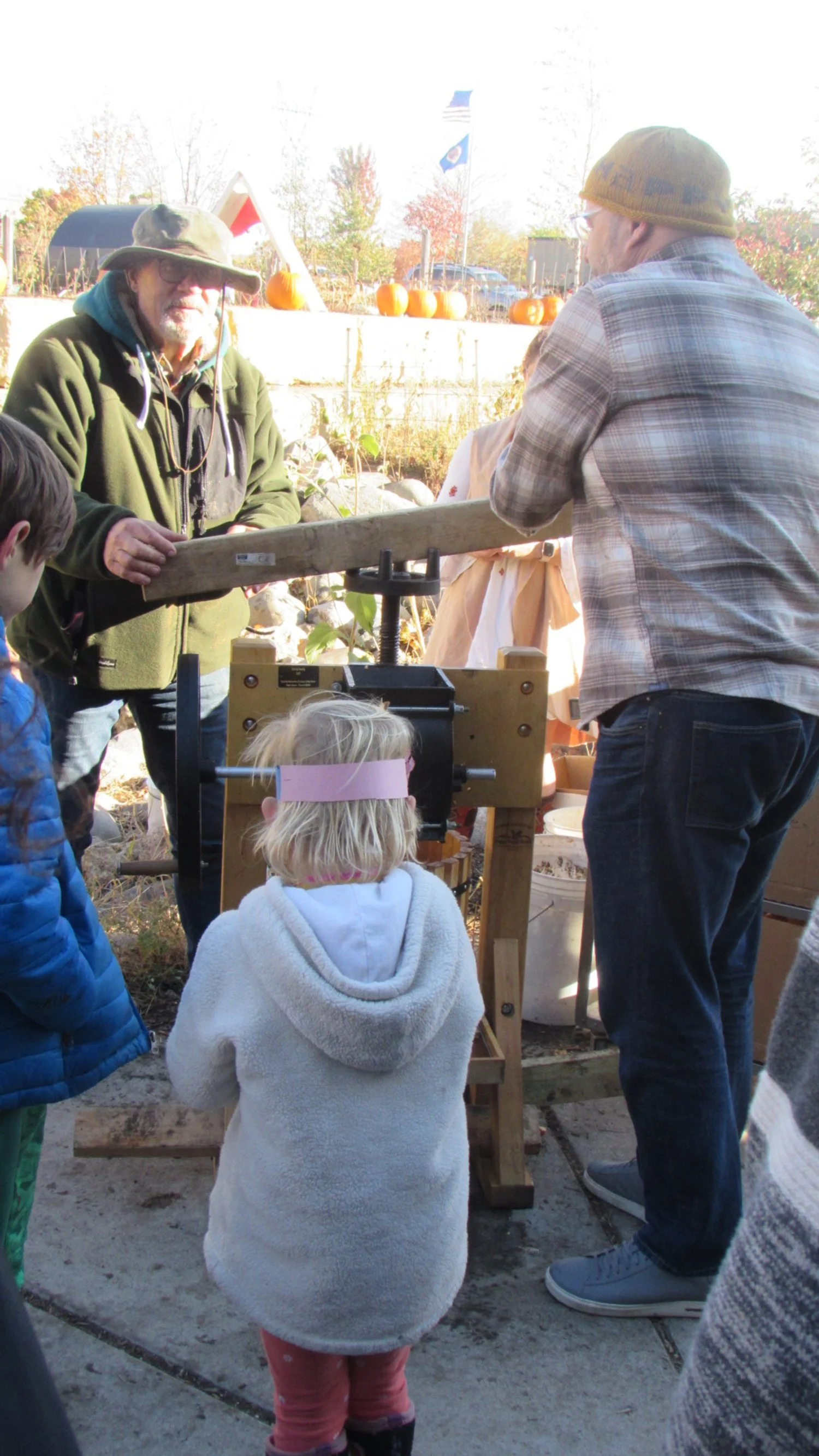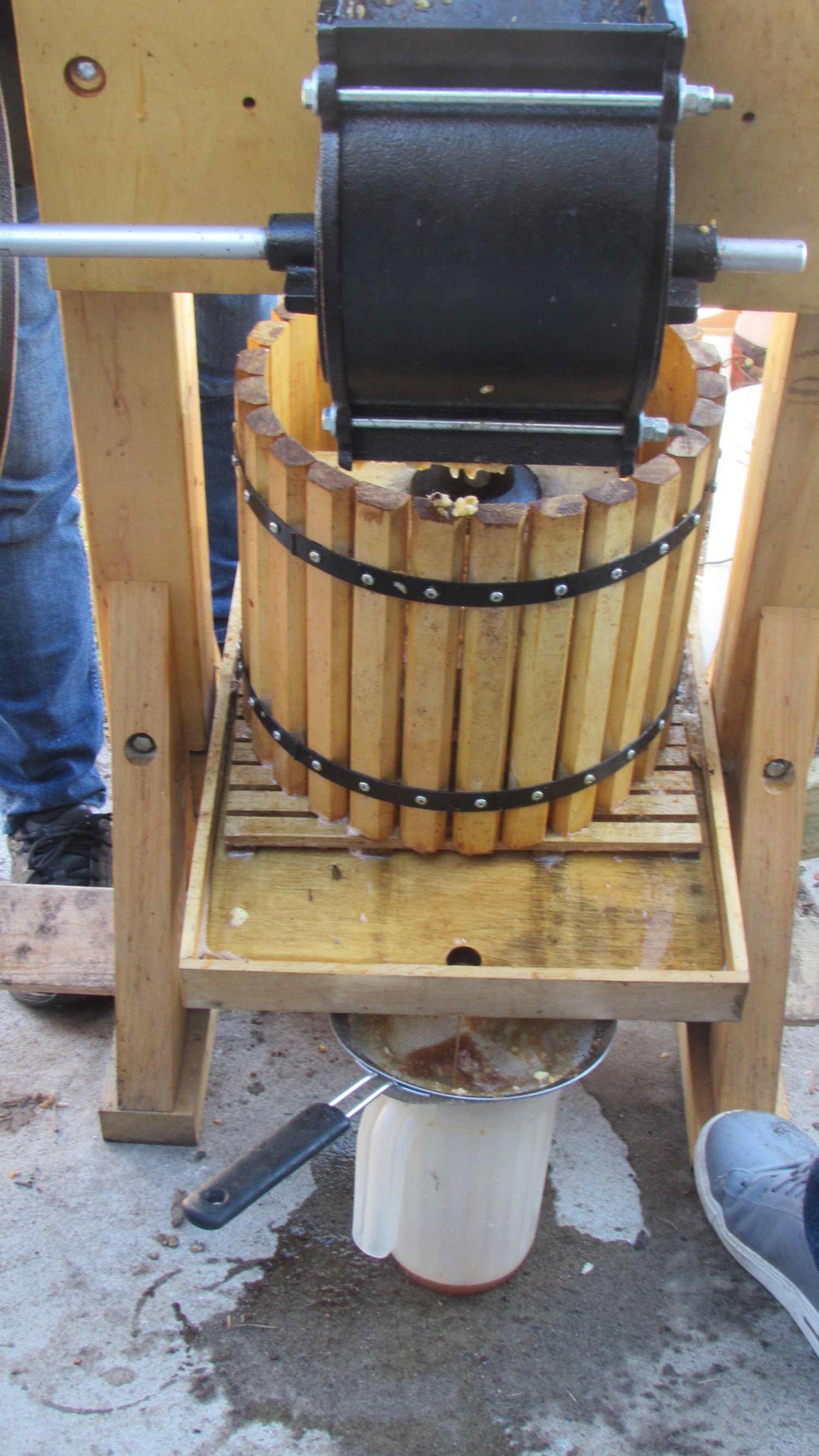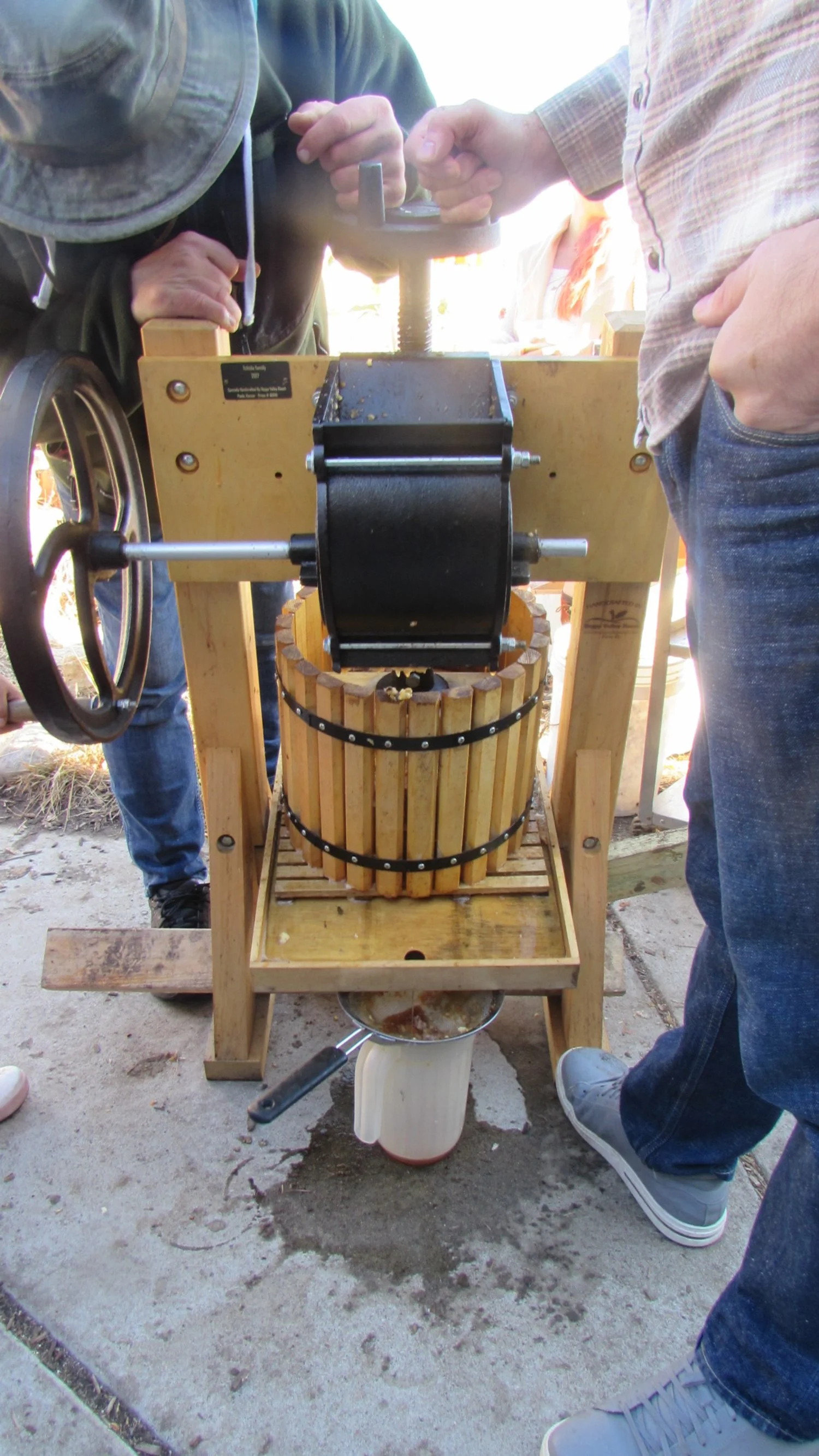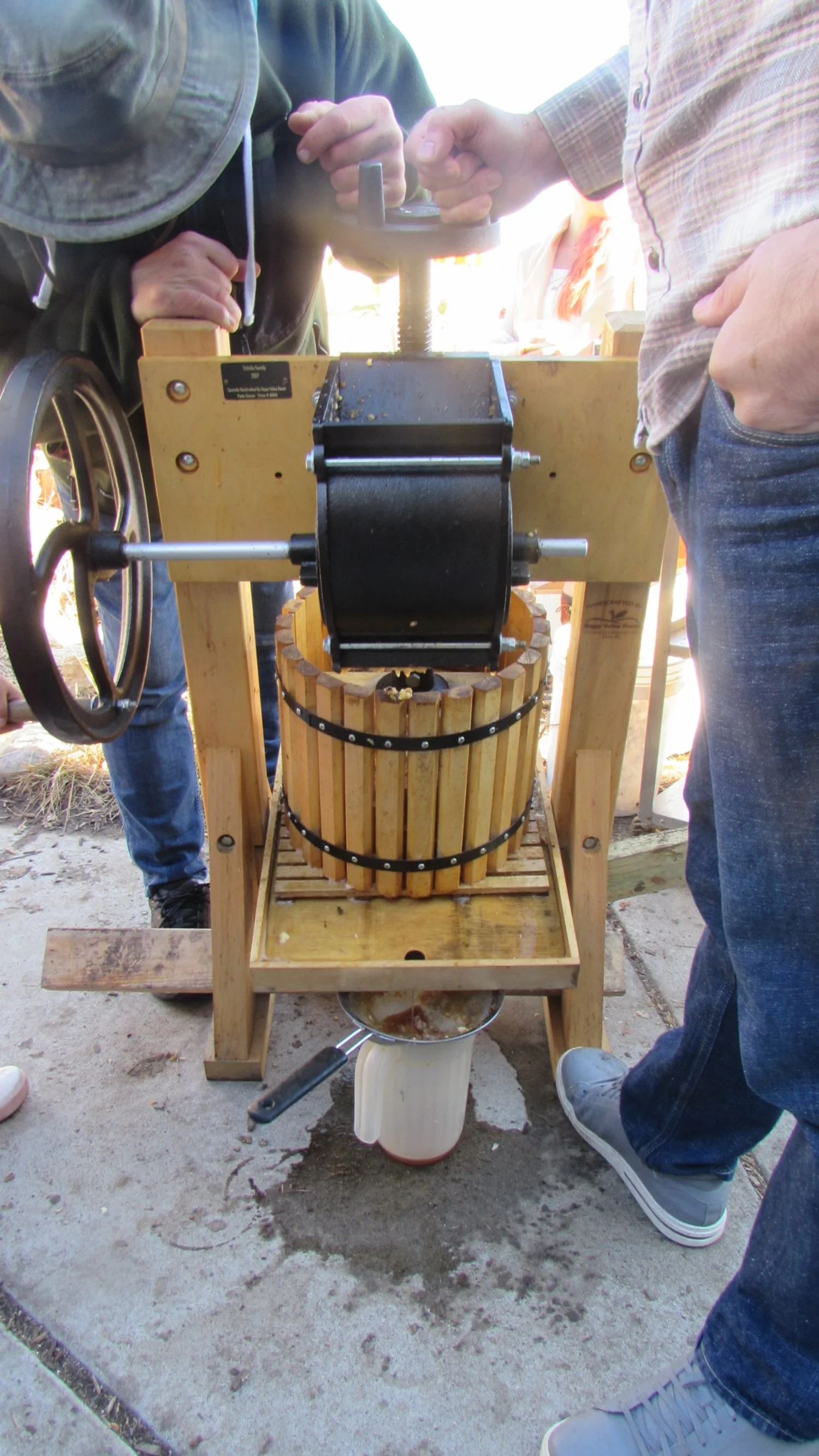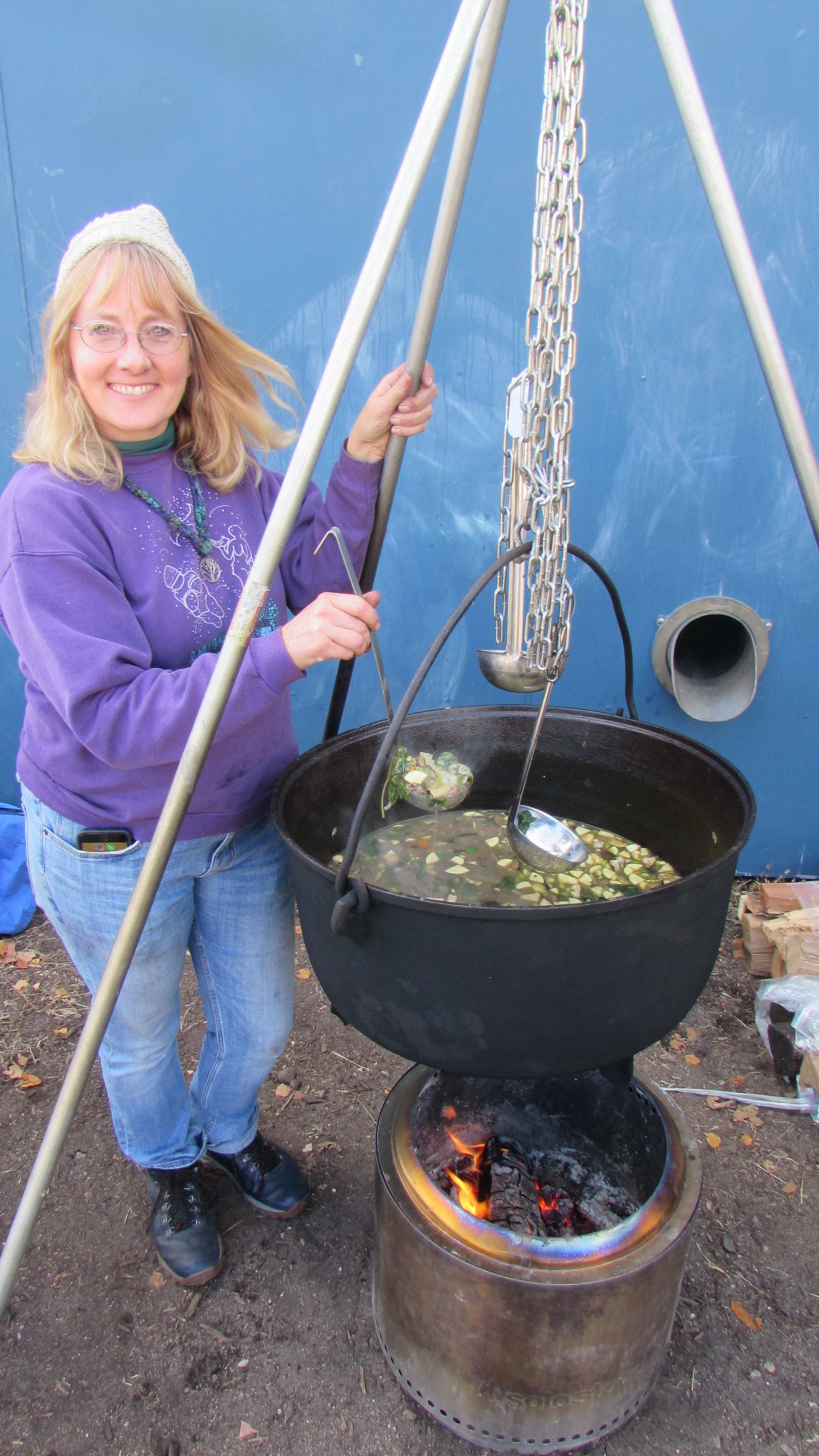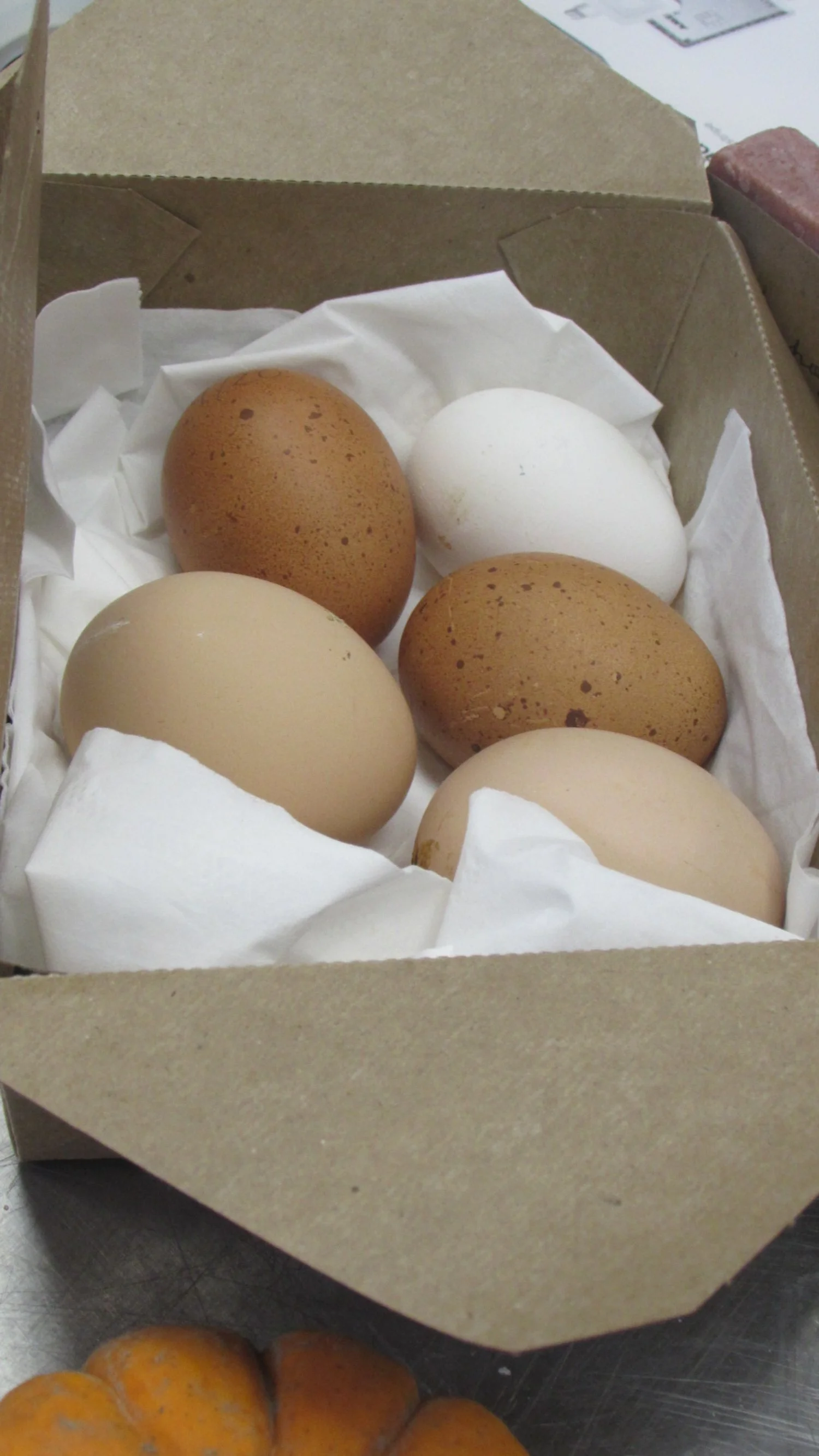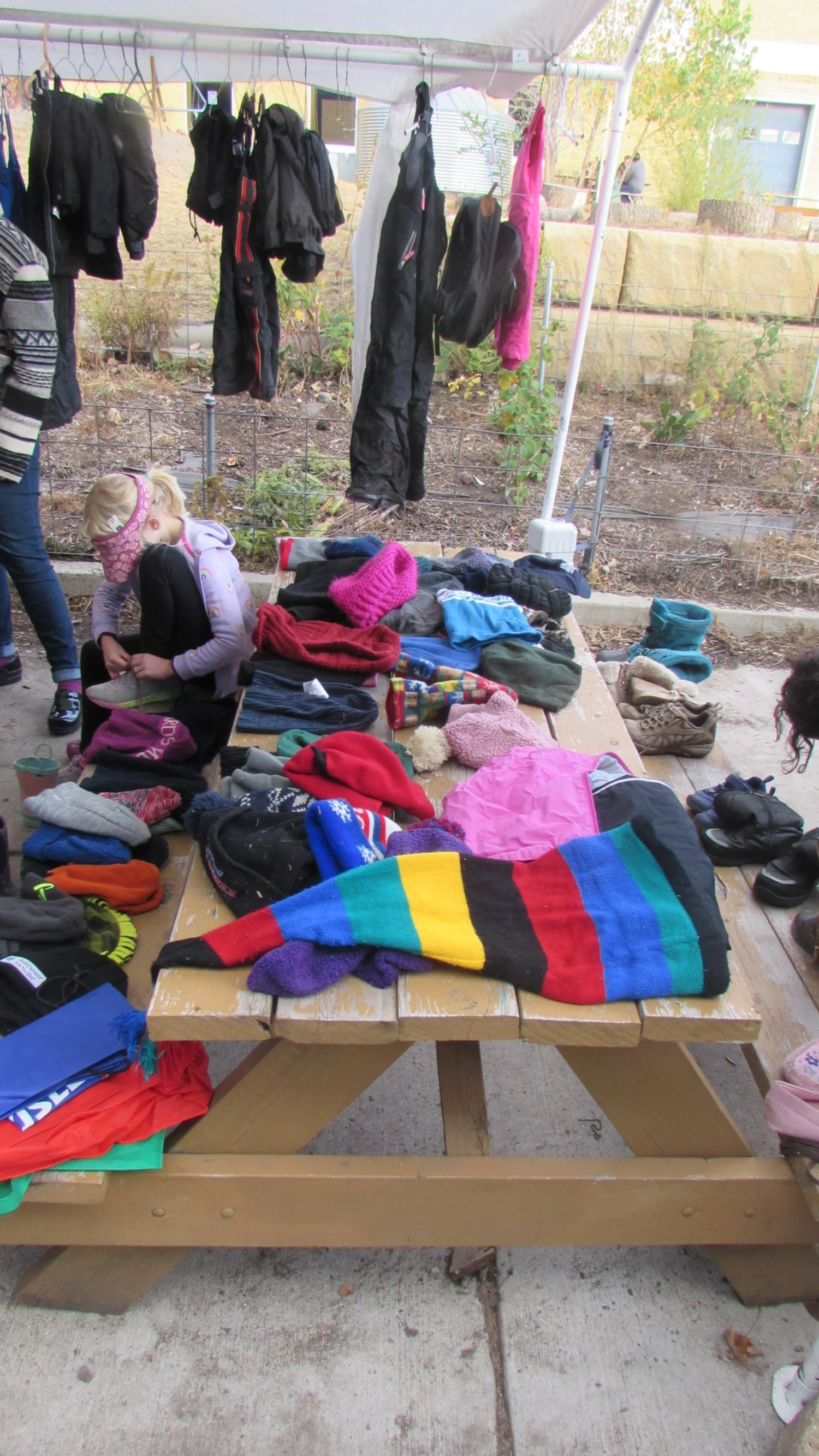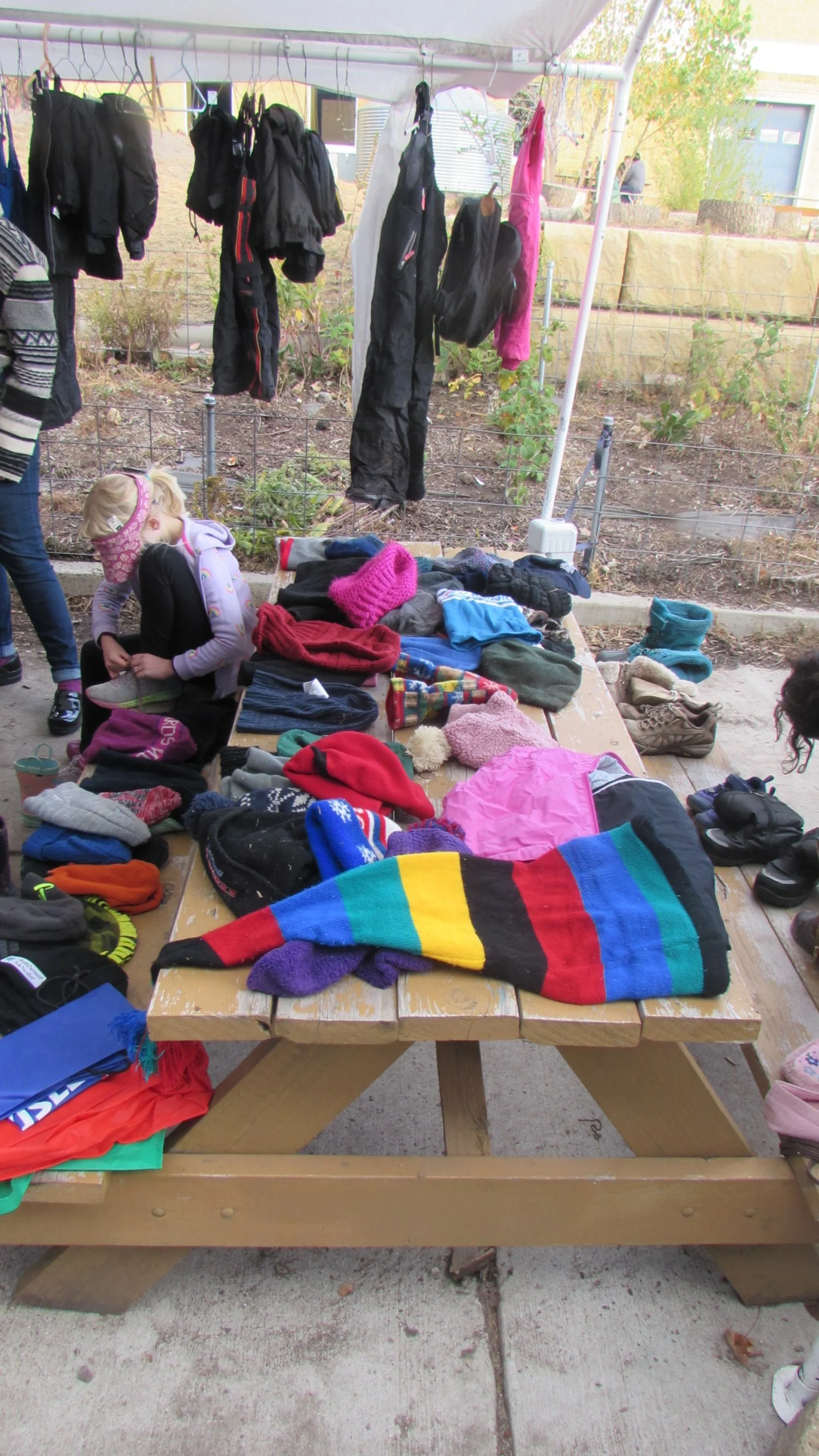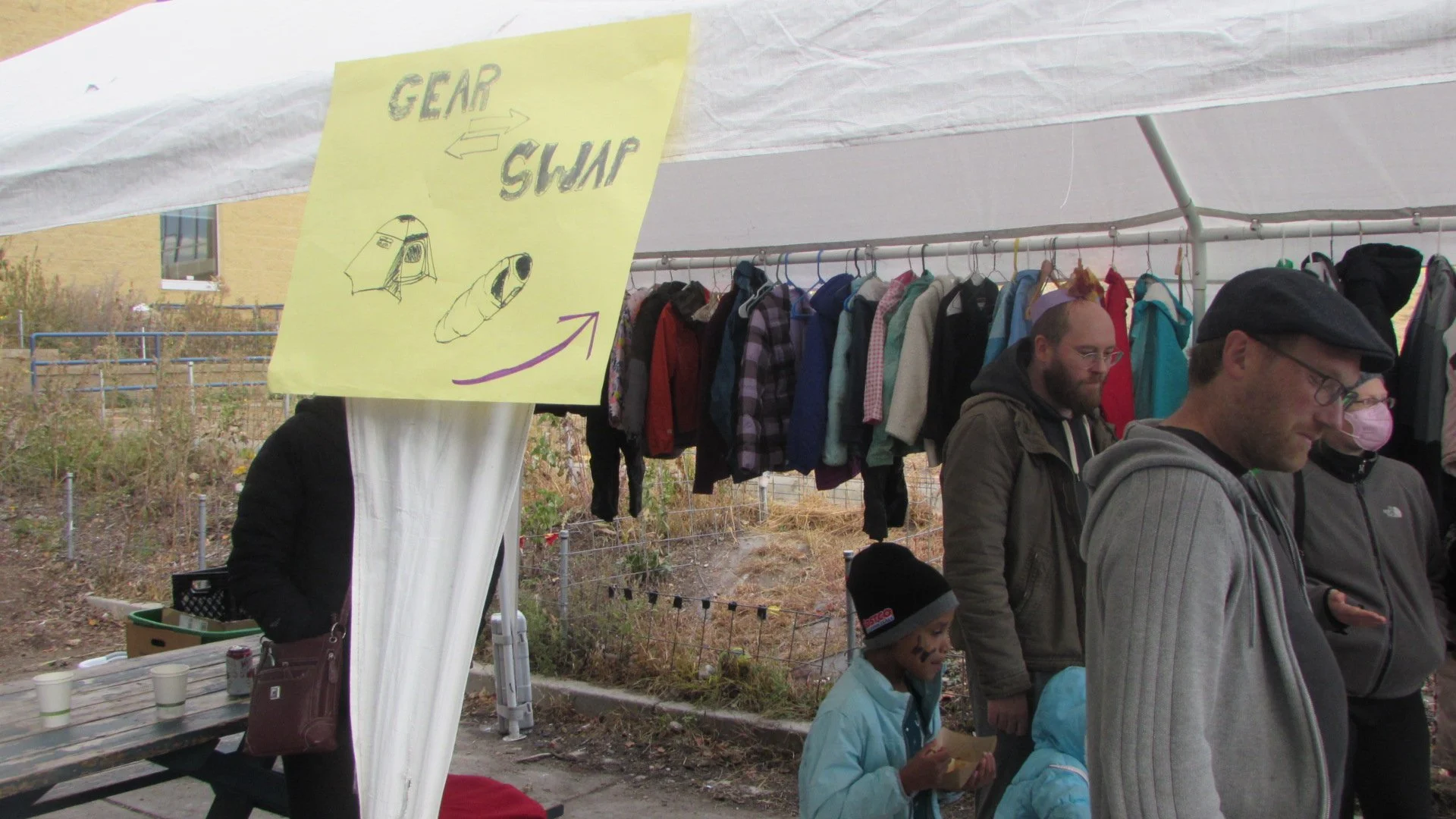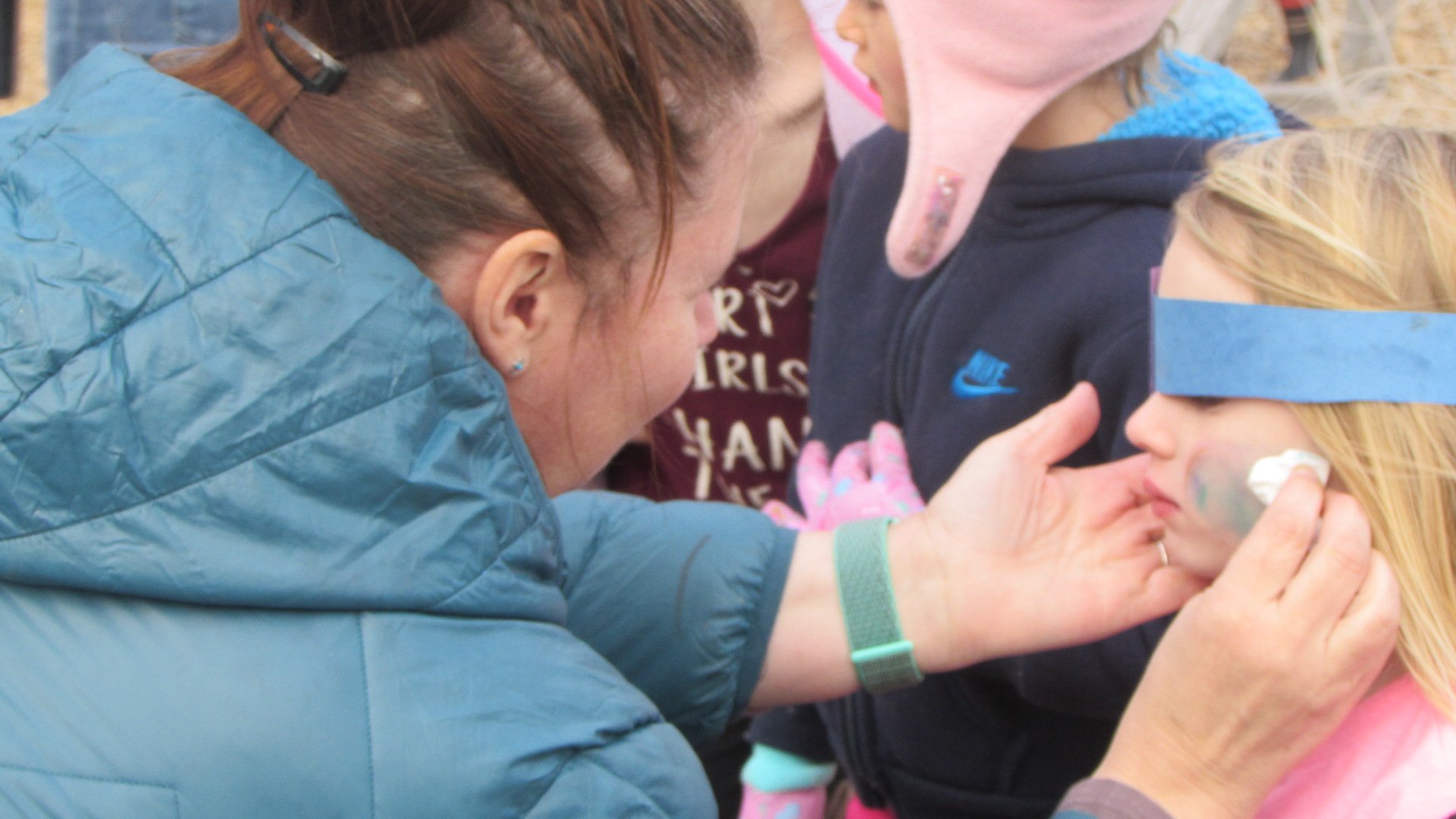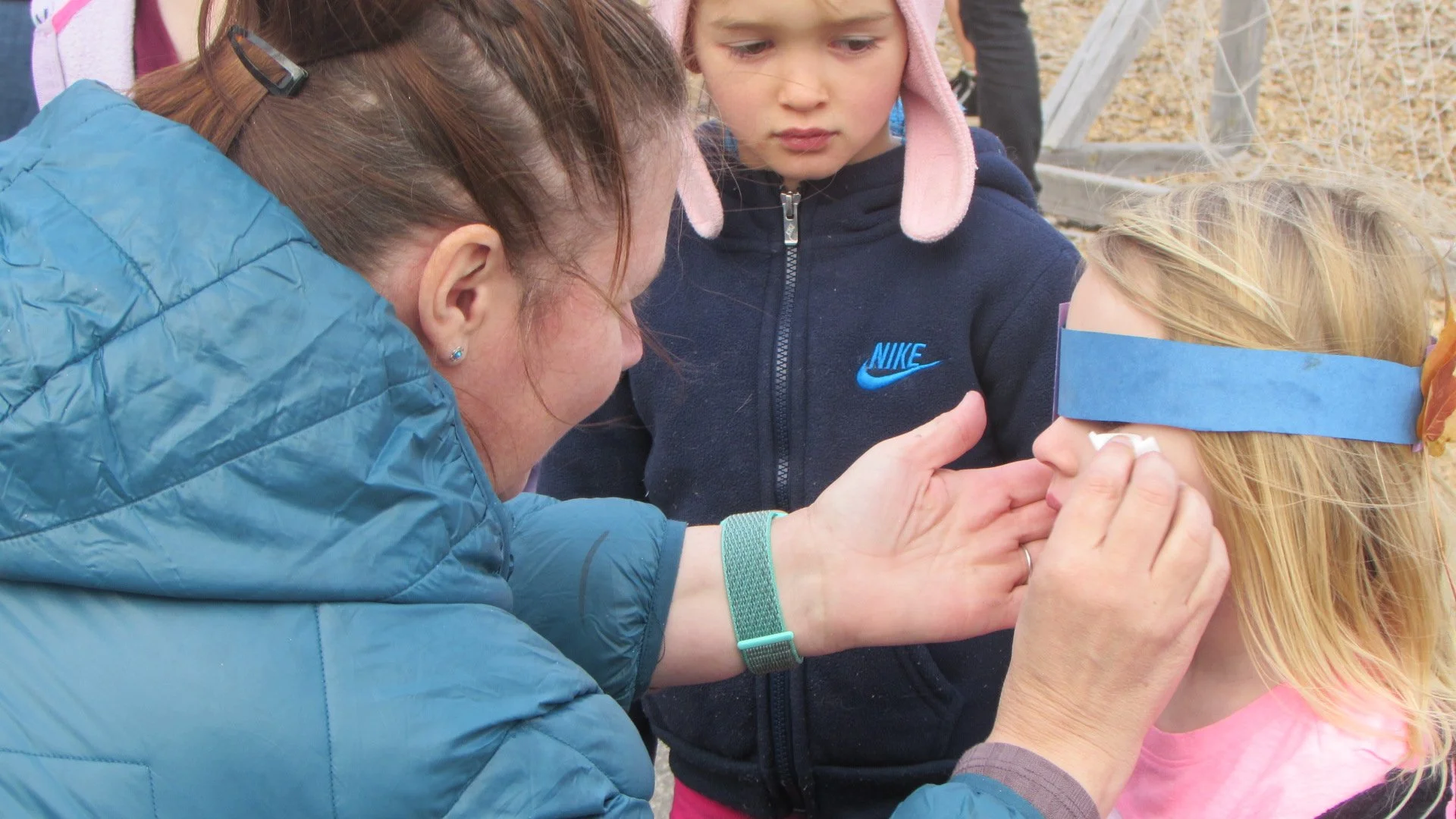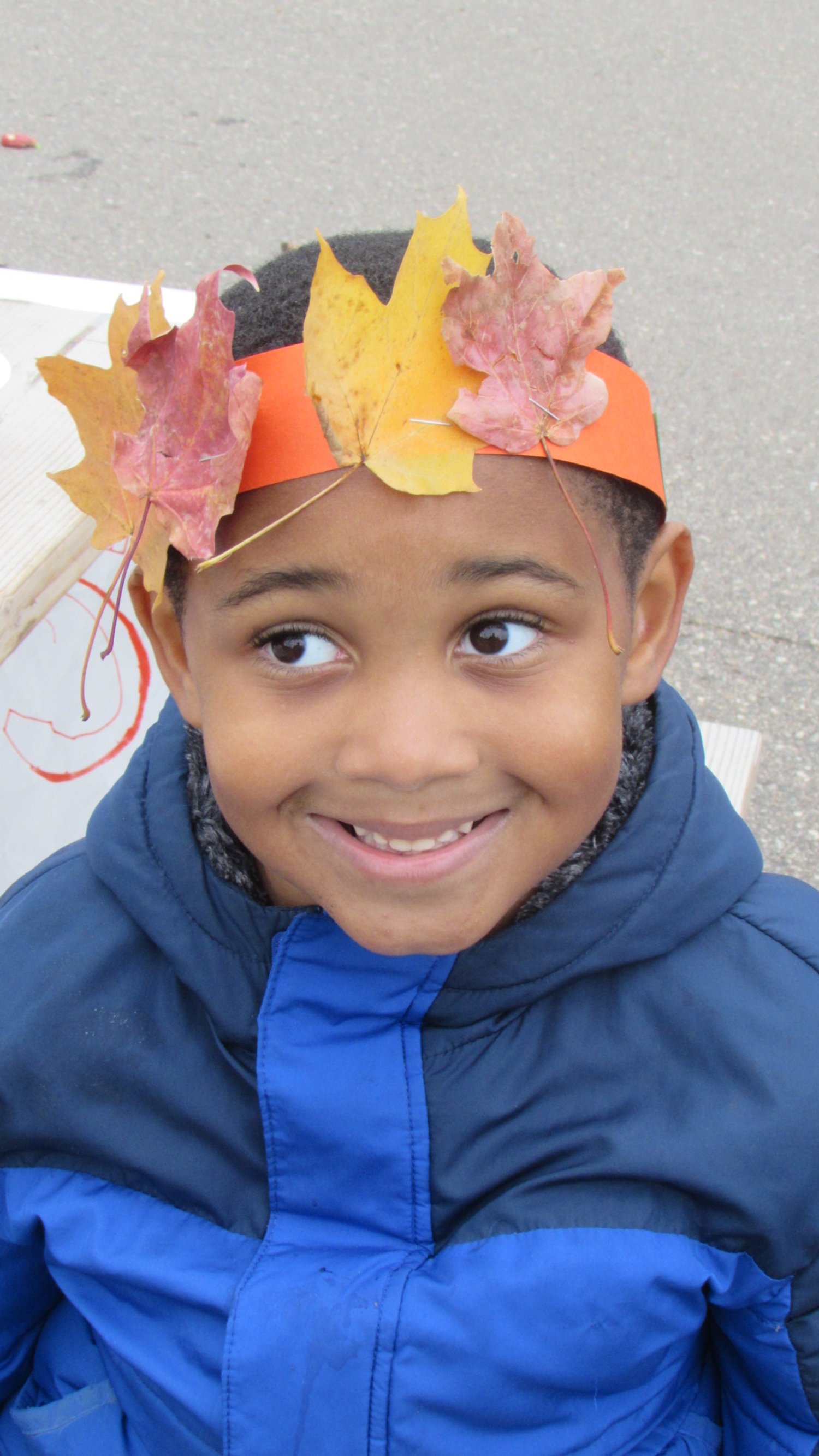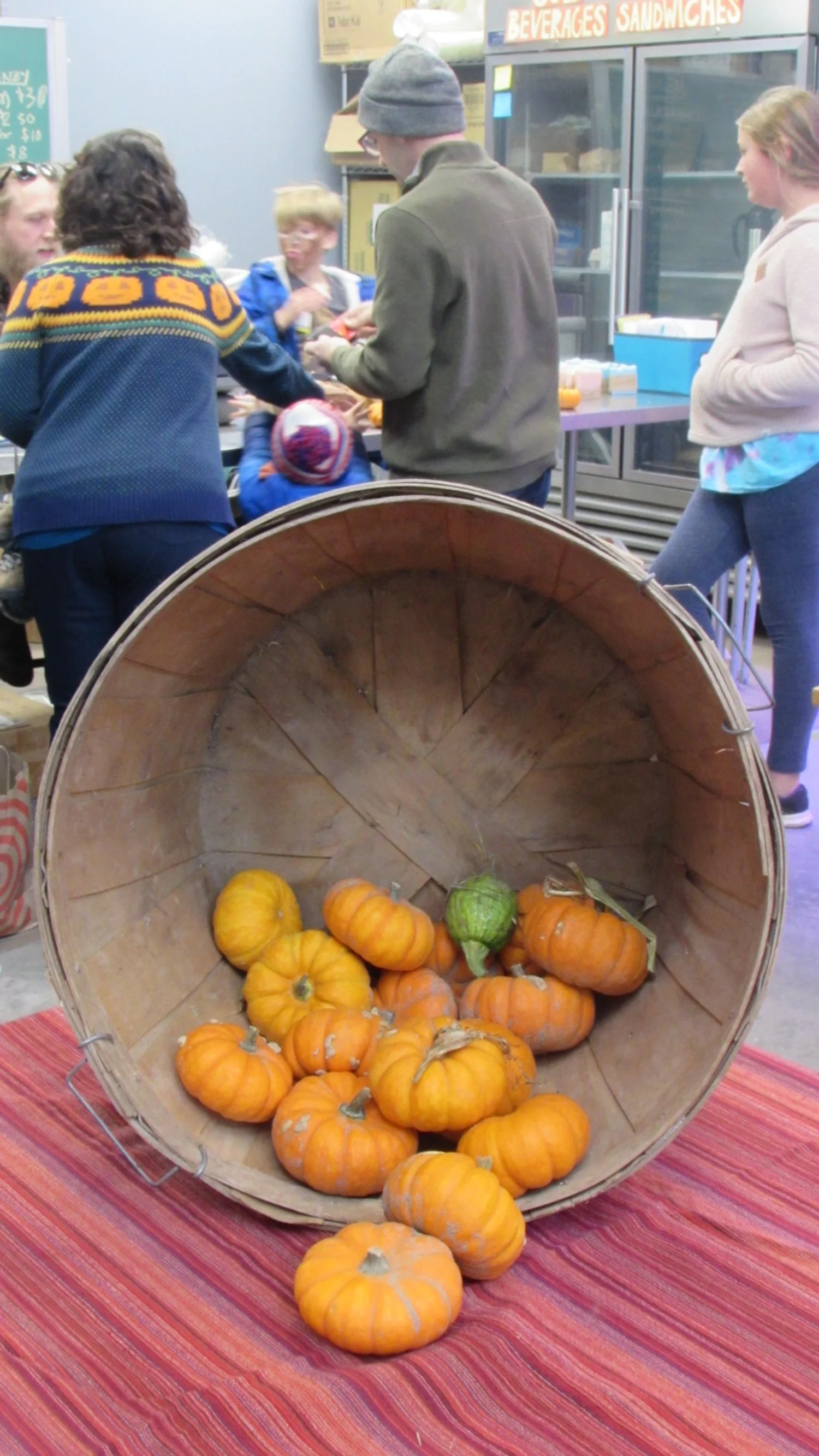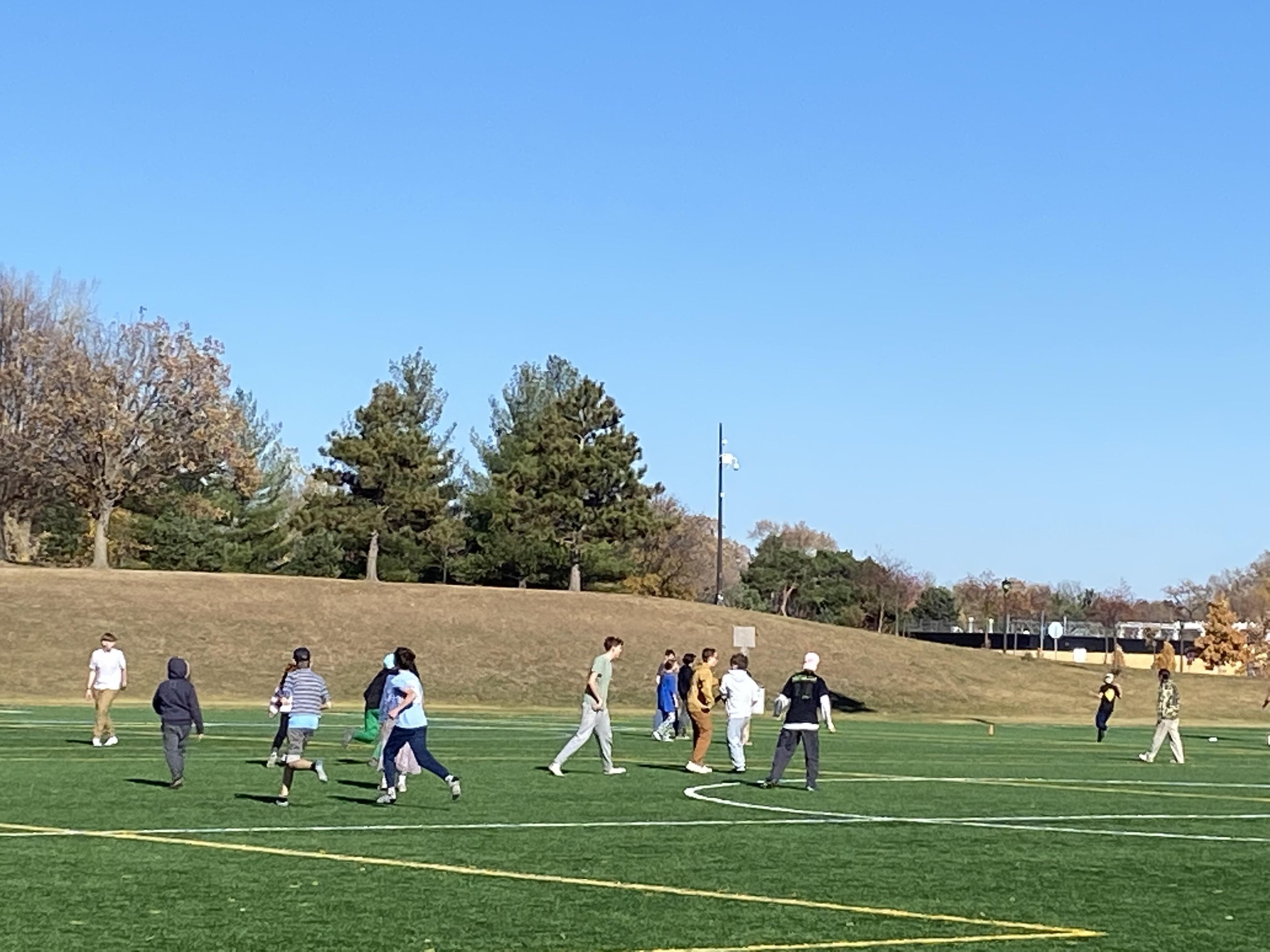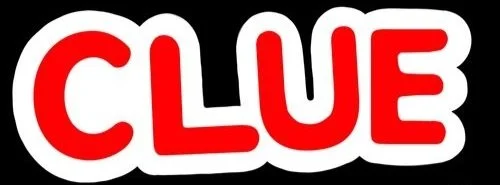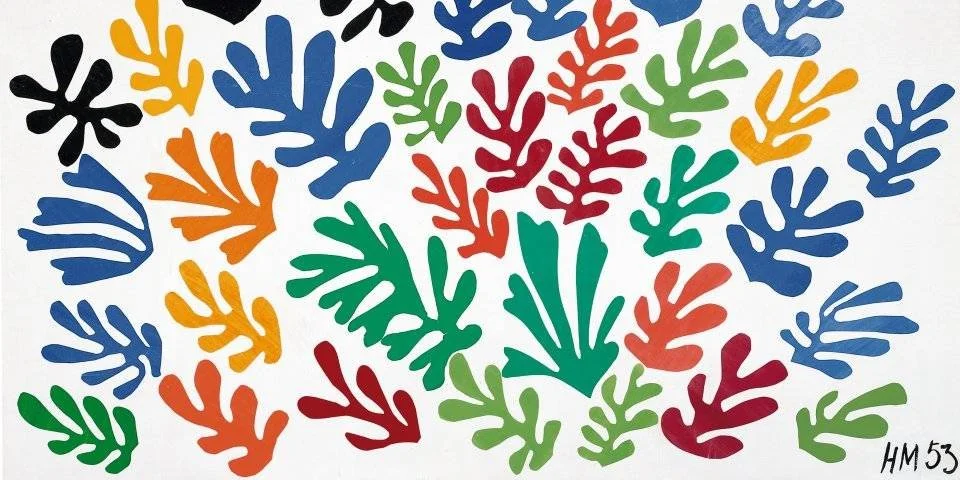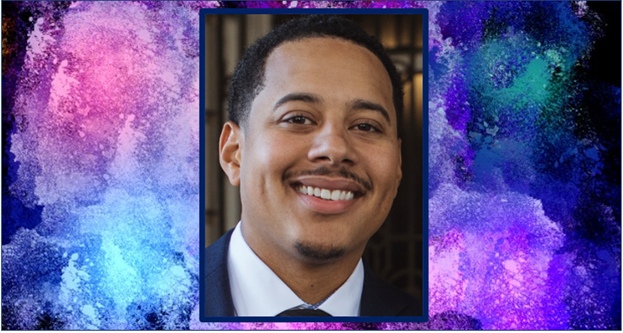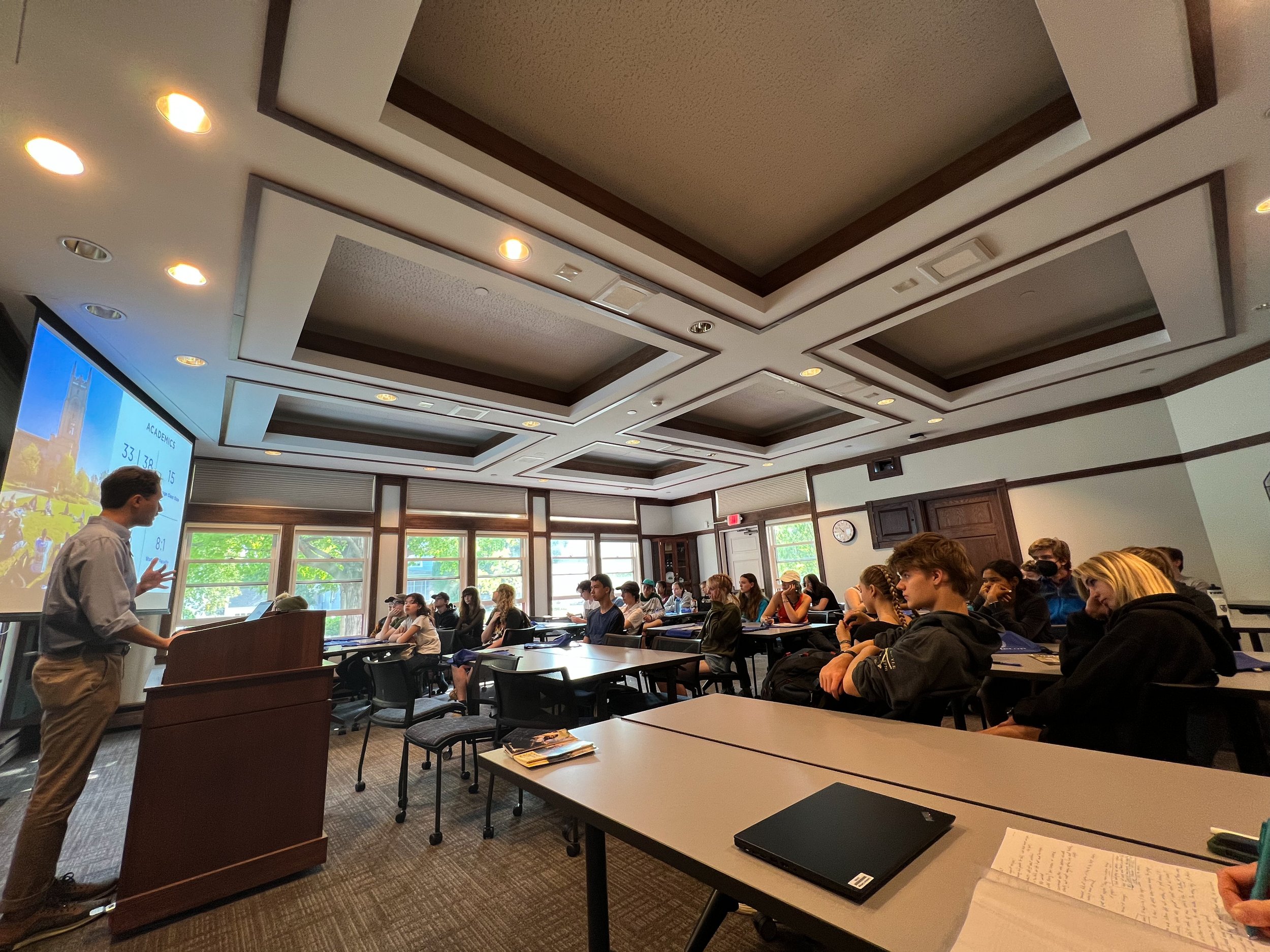The Golden Triangle:
In Montessori education, at Great River School and around the world, we tend to have a deep love of Triangles. In history lessons we tell stories of the Greeks in Europe and Egyptians in Africa using triangles for incredible things. In language lessons, triangles help us understand and symbolize the relationships between nouns, pronouns, and adjectives. In our building and exploring we often discover the strength of the triangle in engineering. And, we have seemingly endless geometry materials dedicated solely to this amazing shape. With all of that love for the triangle, and all the places it comes up, the most important triangle of all is the golden triangle.
In Montessori philosophy we often talk of a “Golden Triangle” that represents the importance of the relationship between the school, the child, and caregivers. We know that when we work together we create a much stronger environment that supports each child to grow in their best way. You may hear people refer to this also as the “three legged stool of support”. Whatever one calls it, this golden triangle is central to our big work together at GRS.
Throughout the year we work hard to keep the child at the center of their education, while also working to make sure we maintain the relationship between school and home, and the child’s relationship with both as well. This sharing of experiences and connections helps build relationships, pride, and is equity work when we do it well. This purposeful connection of the child’s whole life with our shared work also helps tear down the false walls that make school the only place for “learning”.
Student-Led Conferences:
One of the most important tools that we use in Upper Elementary at Great River to strengthen and build the golden triangle is the student-led conference. These happen twice a year in the fall and spring. All upper elementary students participate in the work of preparing for both conferences each year. And they are expected to attend and lead every conference except their first one in year four. This first one is used as a chance for the caregivers and guides to get to know each other and connect. Then, every one after that first conference- they not only prepare for and also lead.
These conferences are foundational to our Montessori work. As in the quote above, these conferences are a chance to have the children doing their self construction rather than listening to others talk about their growth and work. Student-led conferences create opportunities for students to create connections, build executive function and reflecting skills. The process we help guide students through in their preparation also helps to build writing skills, speaking skills, agency and often pride!
In upper elementary, the students prepare for their conferences by looking through their work journals and portfolios. They are guided through a process to find things that they can share which they are proud of, and which they believe show their strengths (and sometimes struggles). They spend a majority of their conference preparation time and actual conference time sharing their work and thinking about their process.
This work is followed by students working to set Specific, Measurable, Achievable Relevant, and Timely (SMART) goals. The students think about their work, and their family, and their desires, and they set a goal or two and share their goals. The conference often wraps up with caregivers, students, and guides brainstorming ways everyone can work together to support those goals and follow up with them. During the conferences guides and caregivers ask questions about what the student is presenting, and we generally leave with a better understanding of ways we can all work together.
These conference days are long. And they are a lot of work to get ready for. And they are some of the best days of the year.
